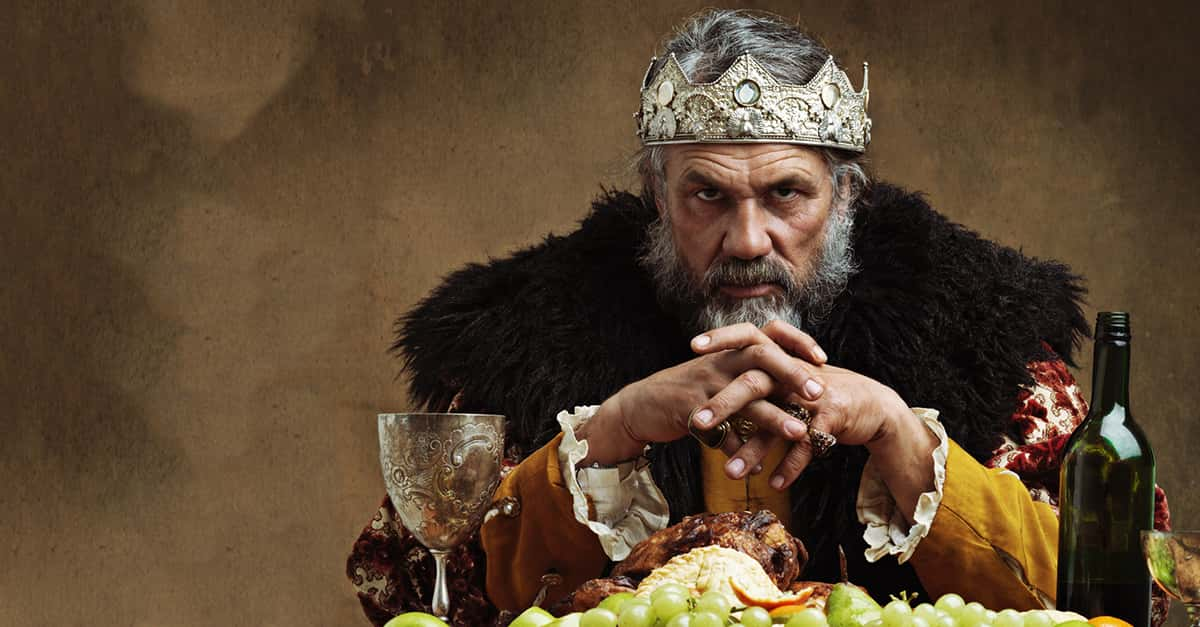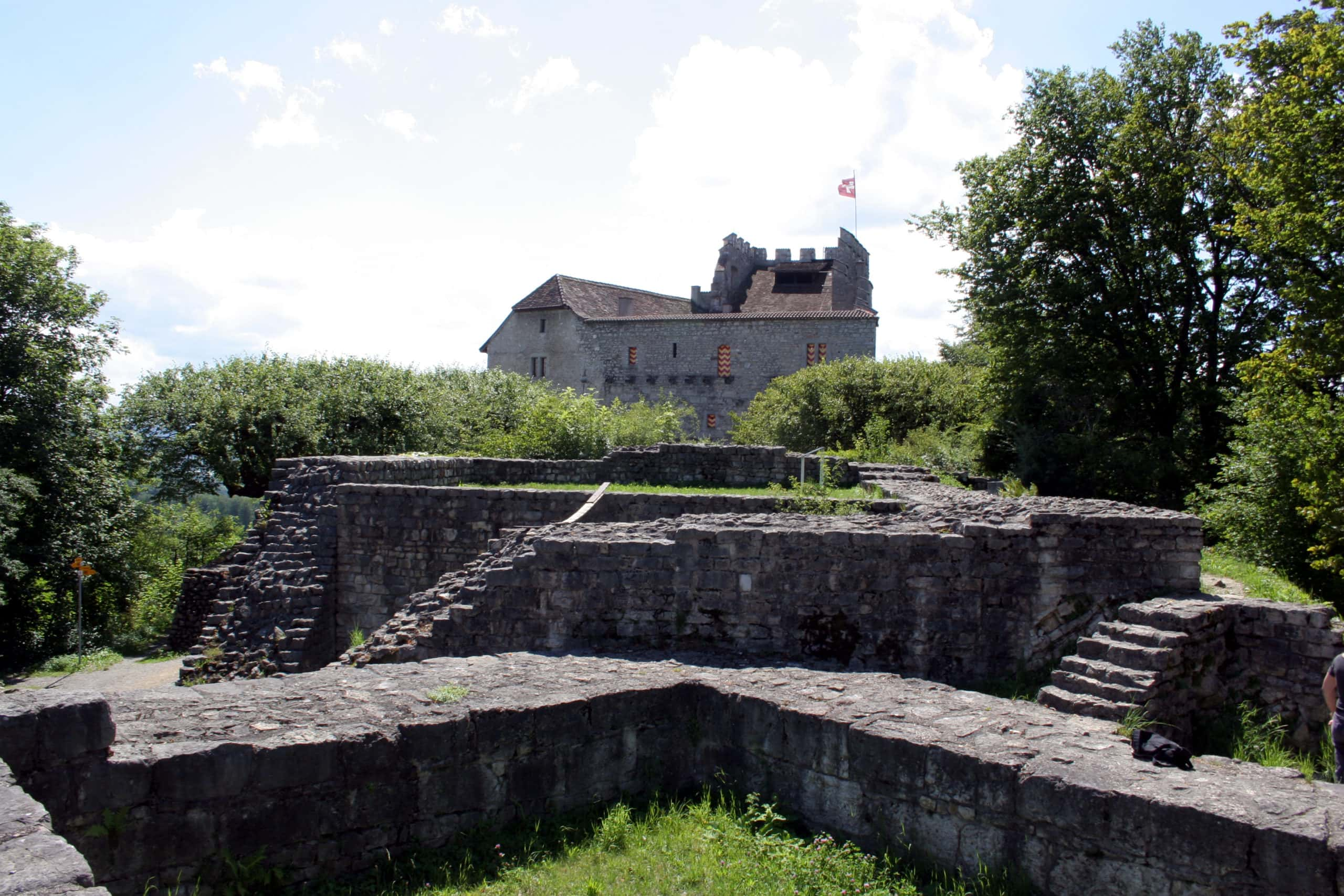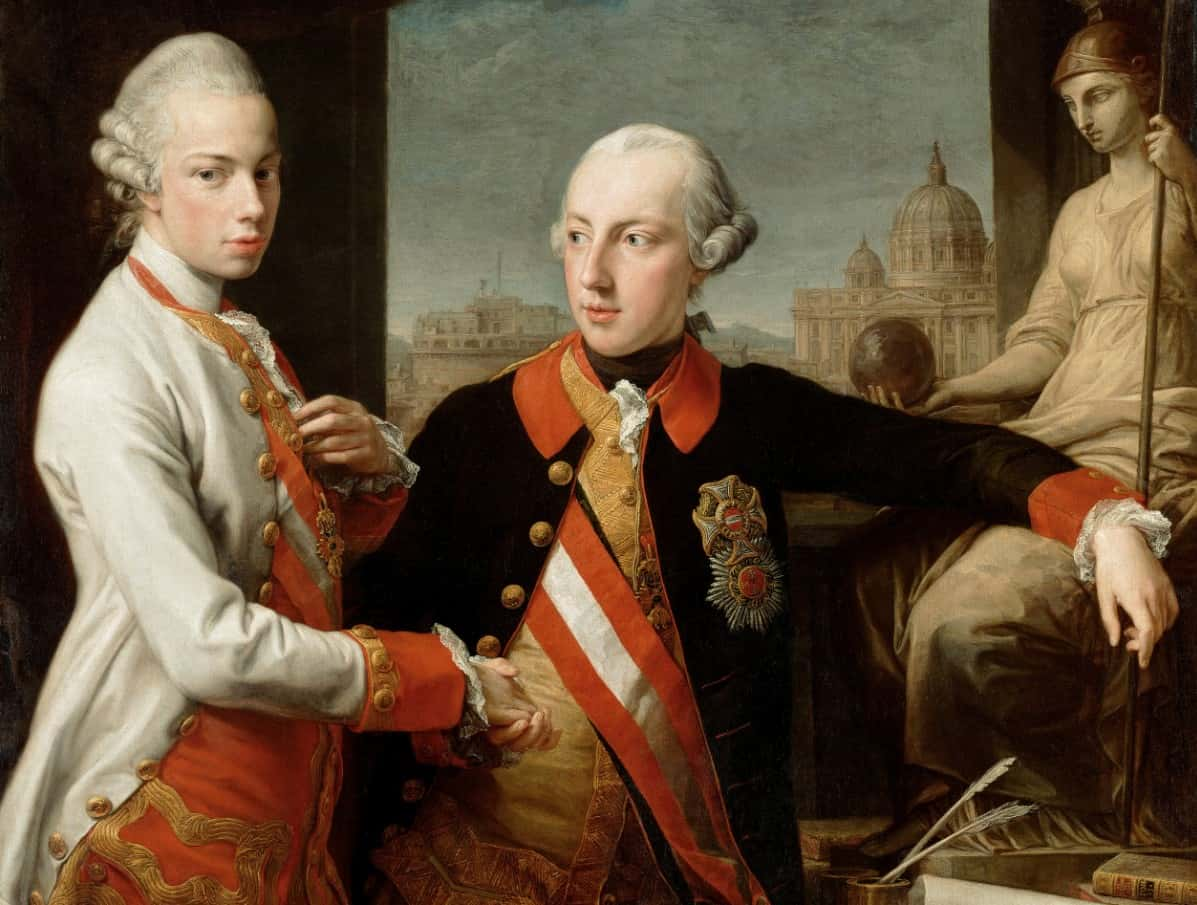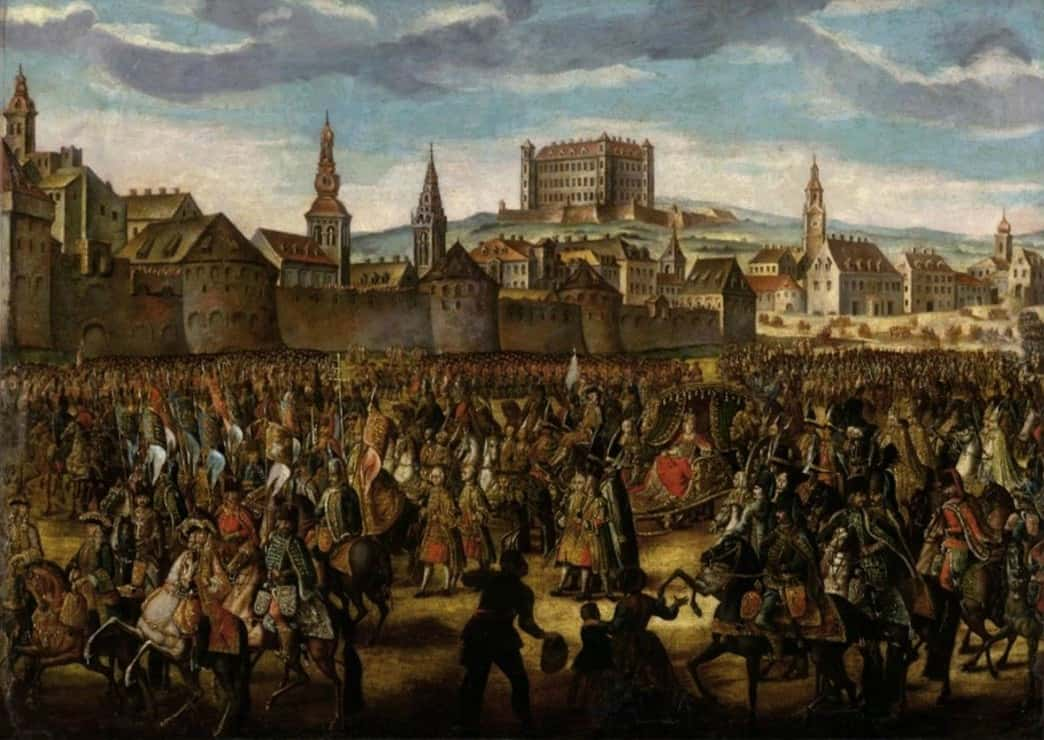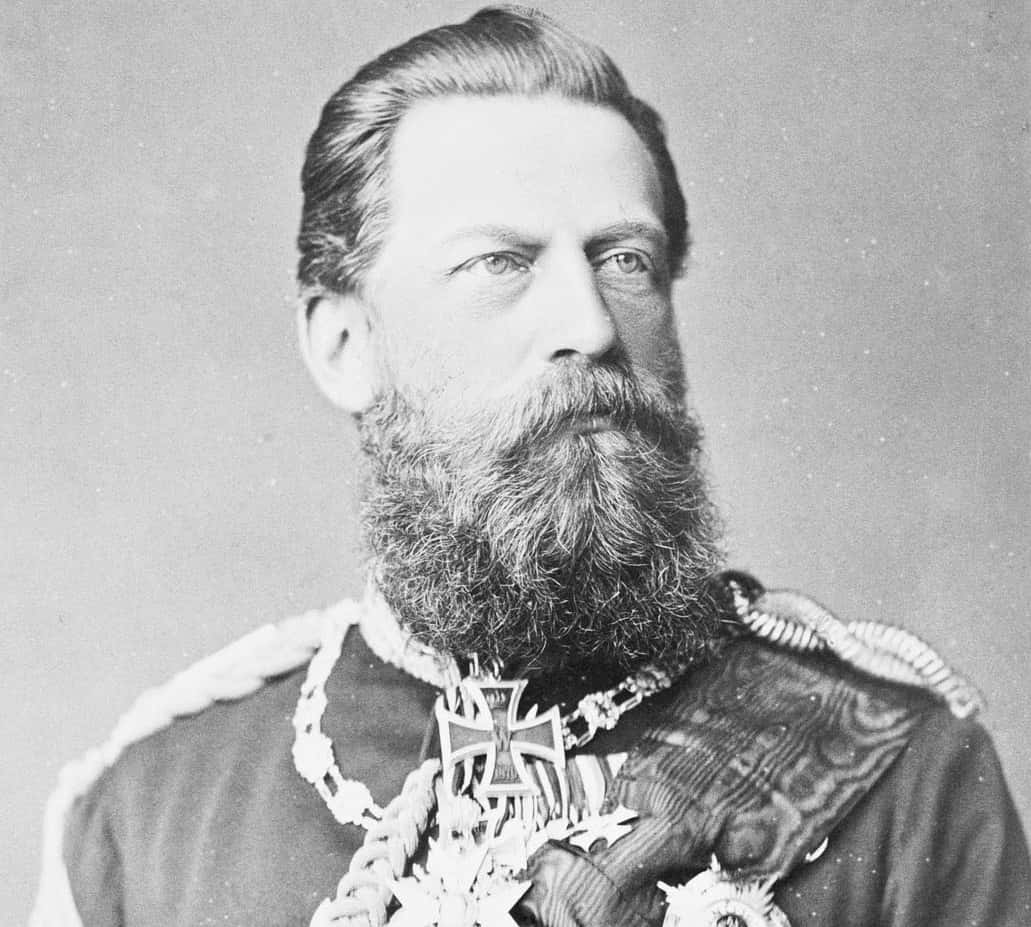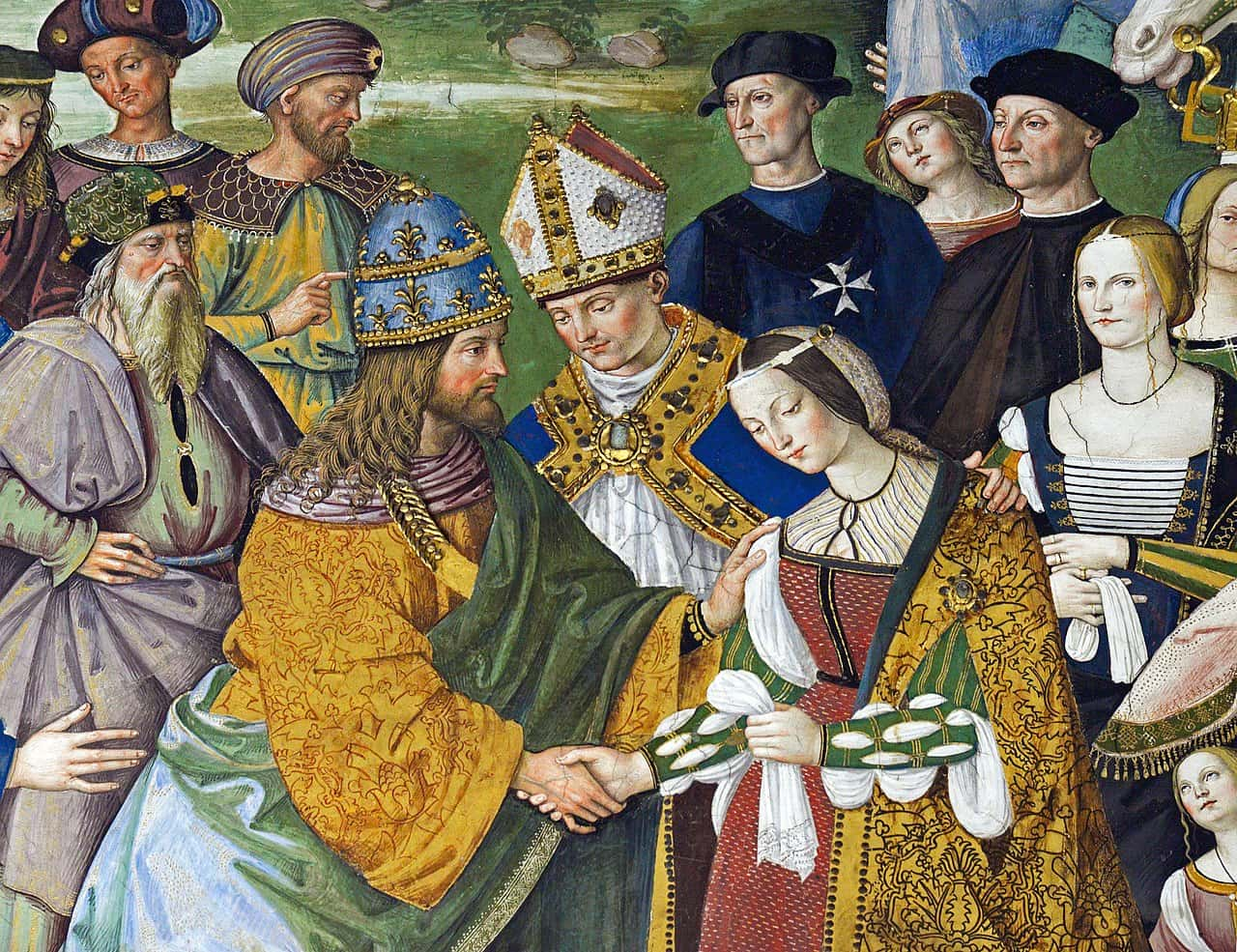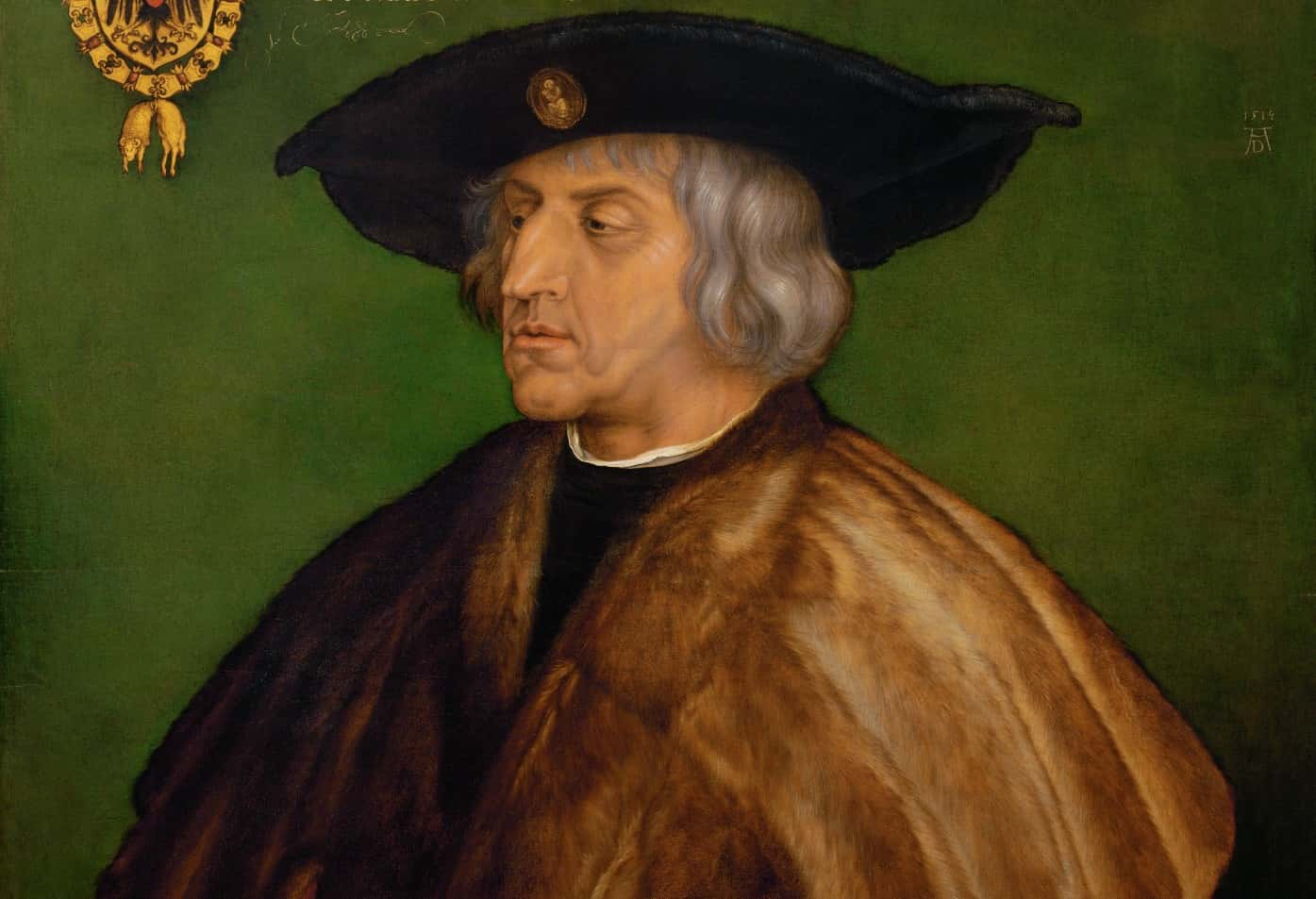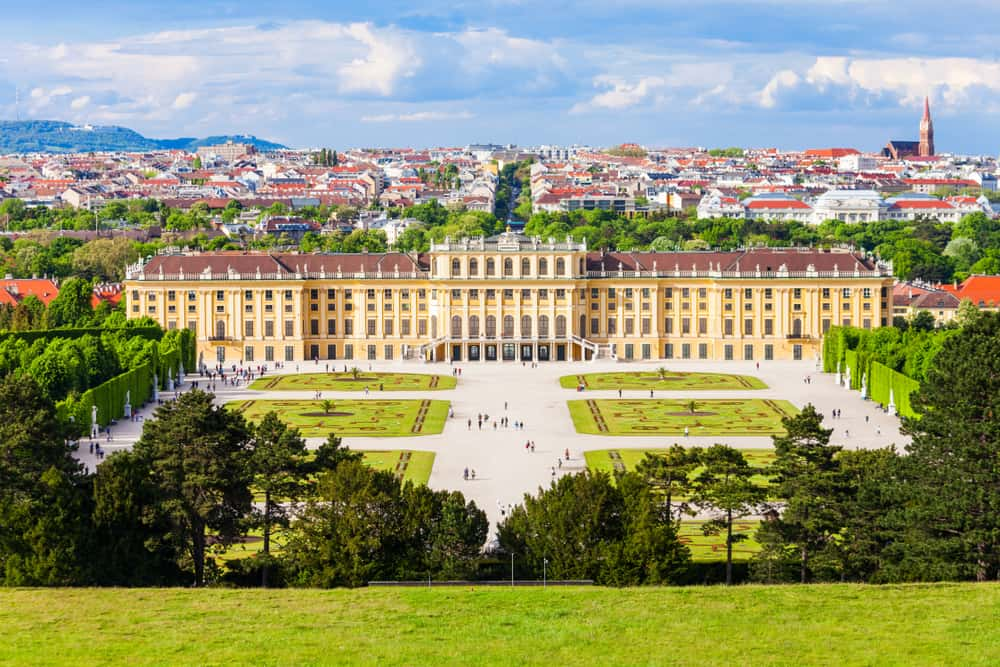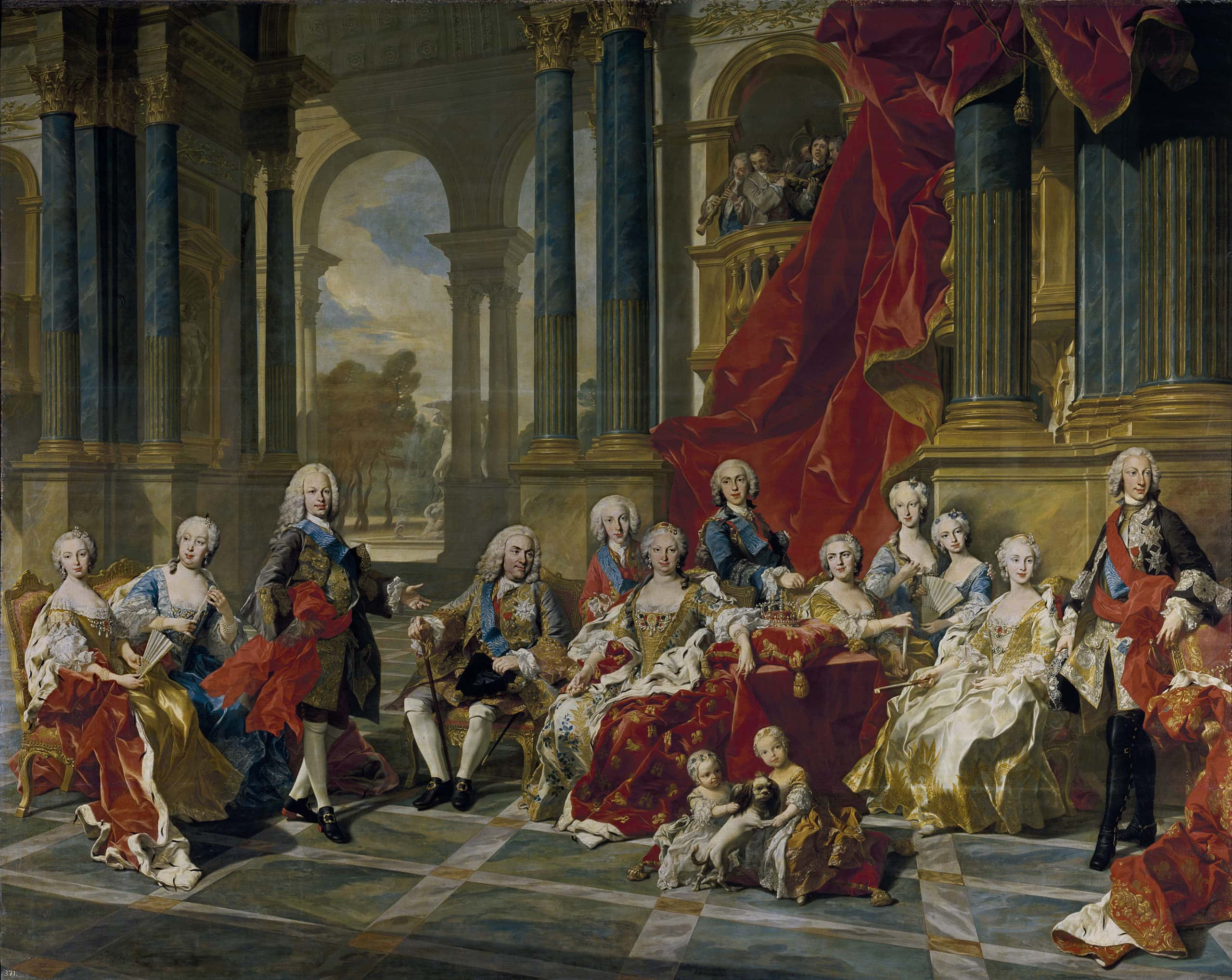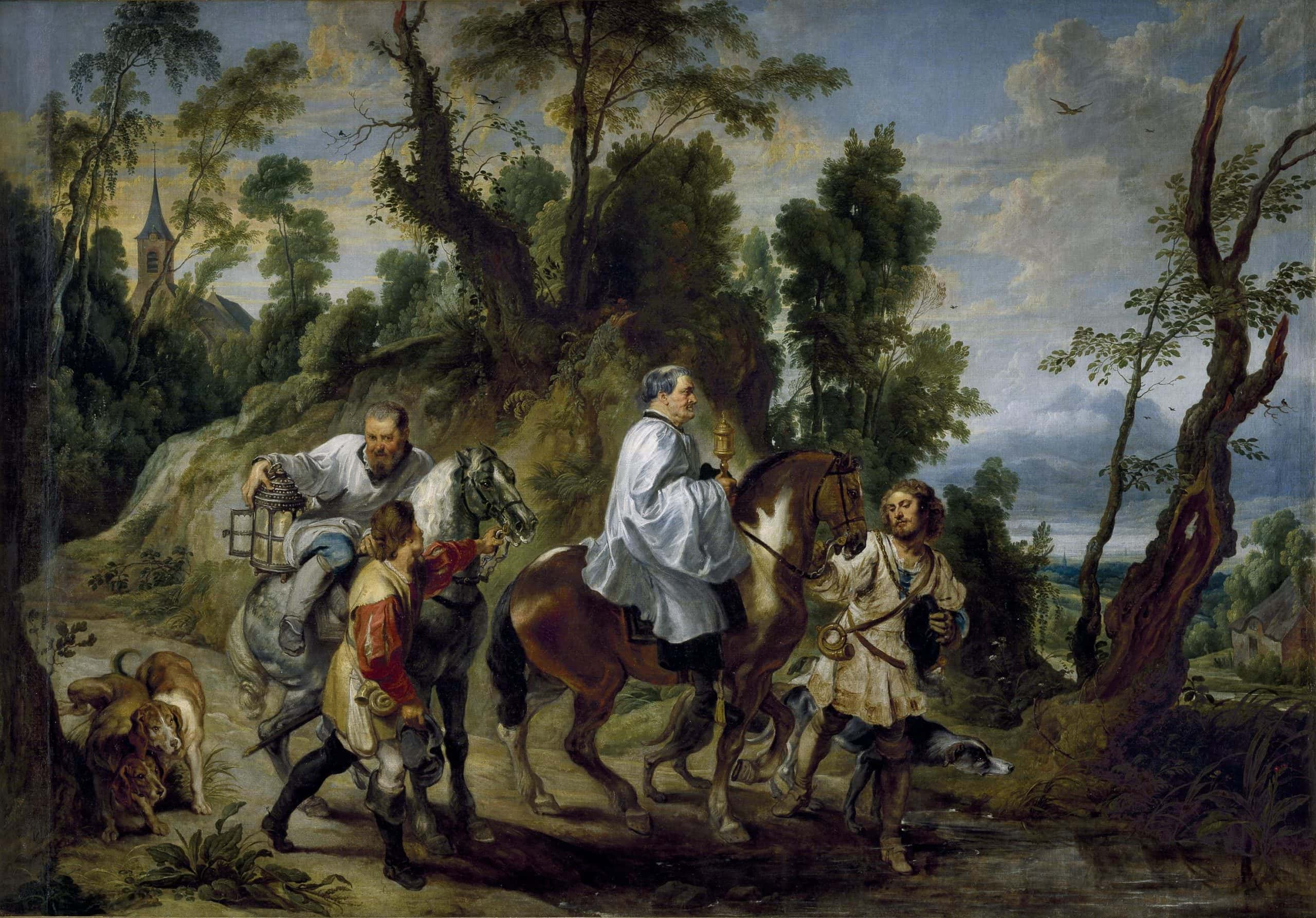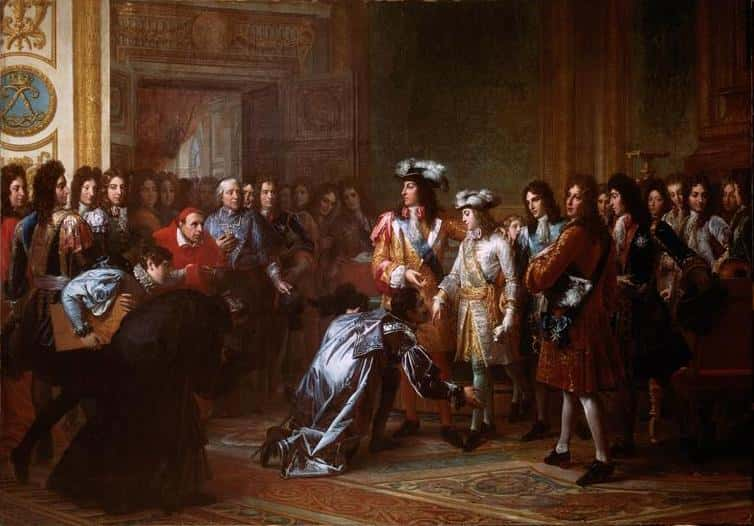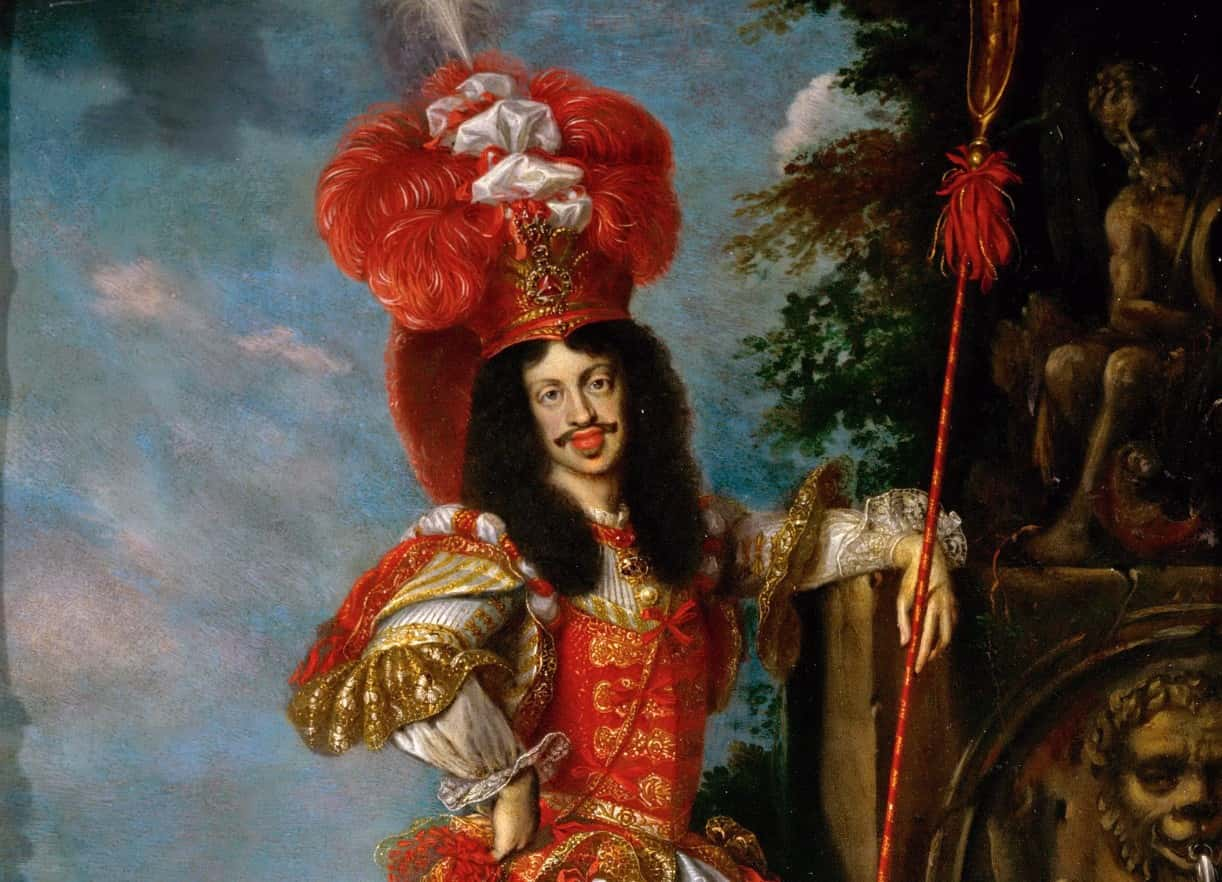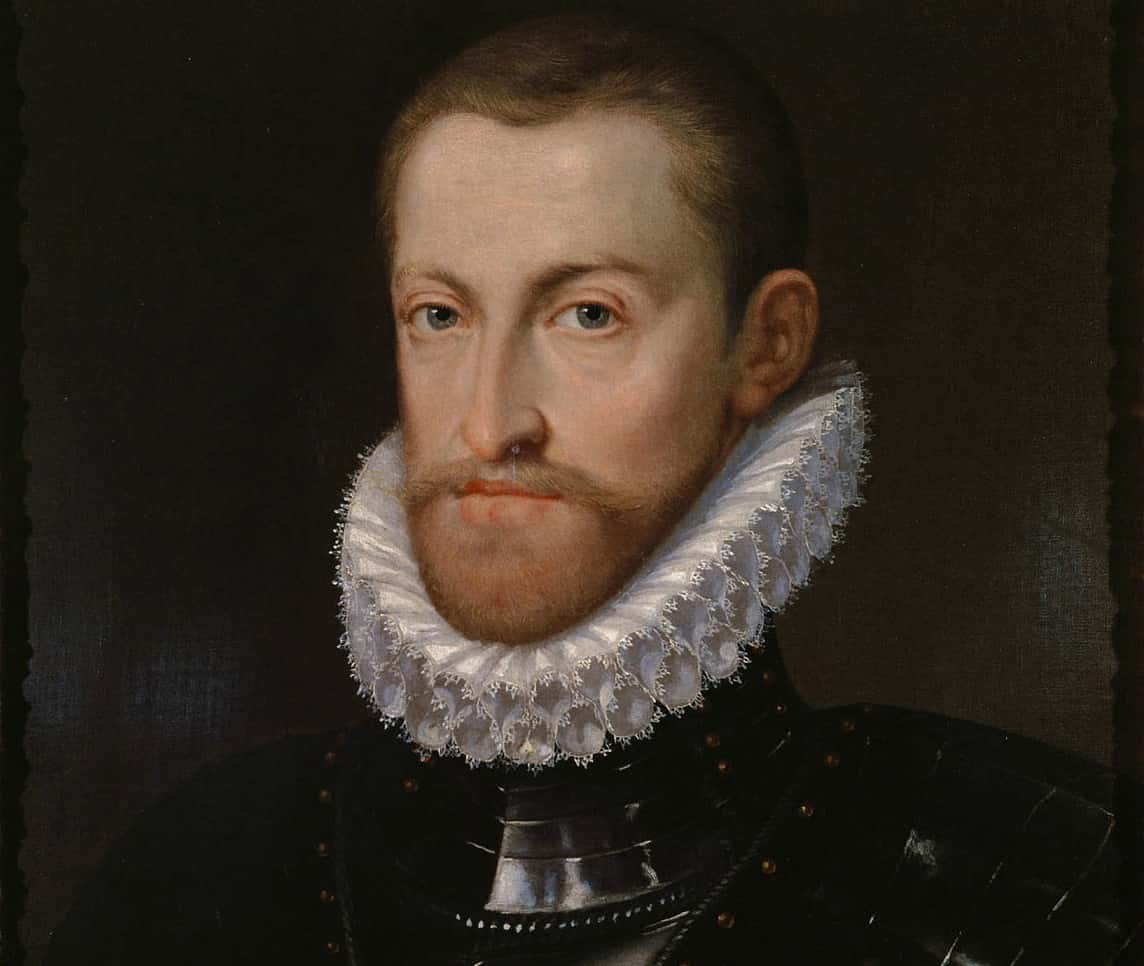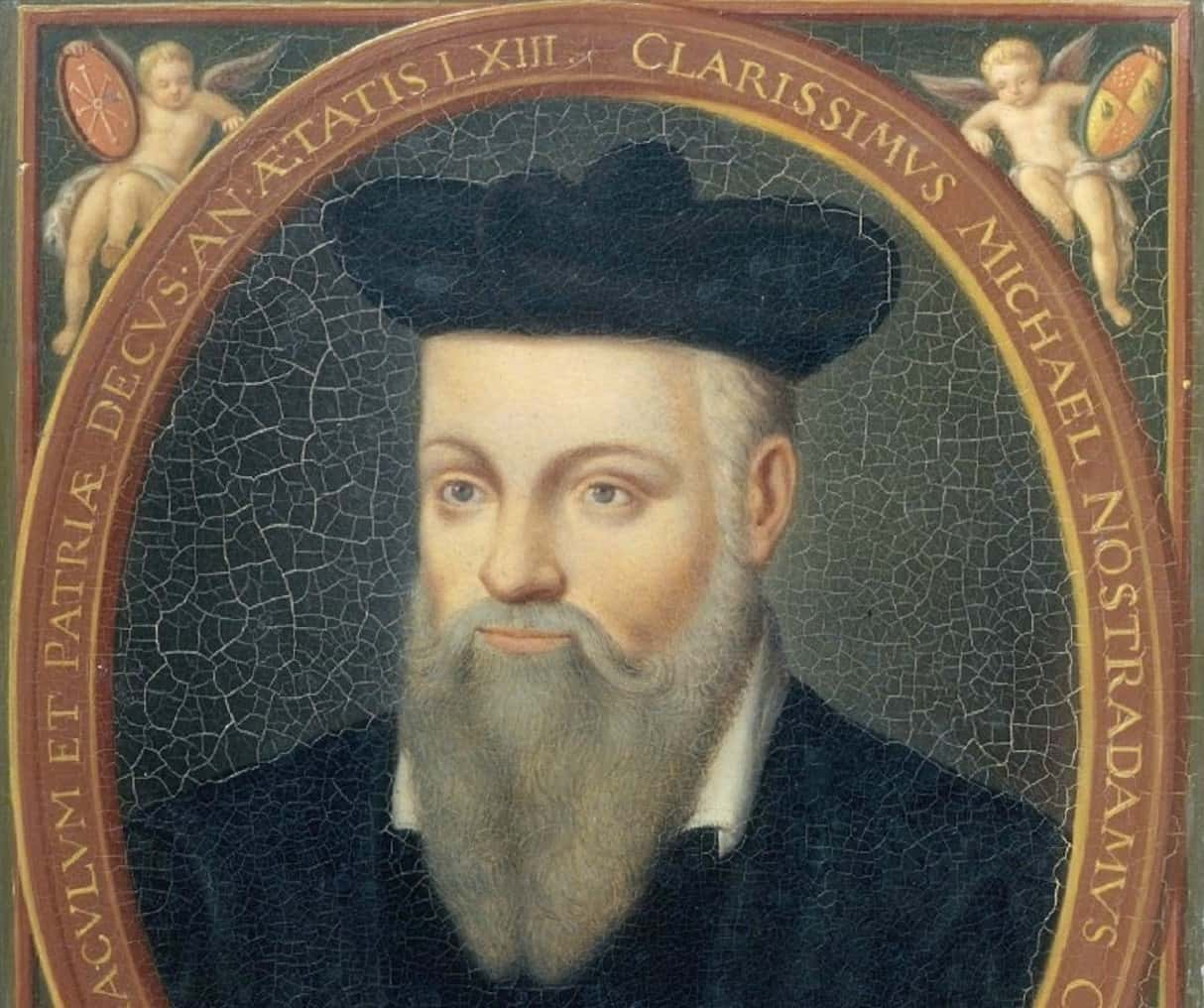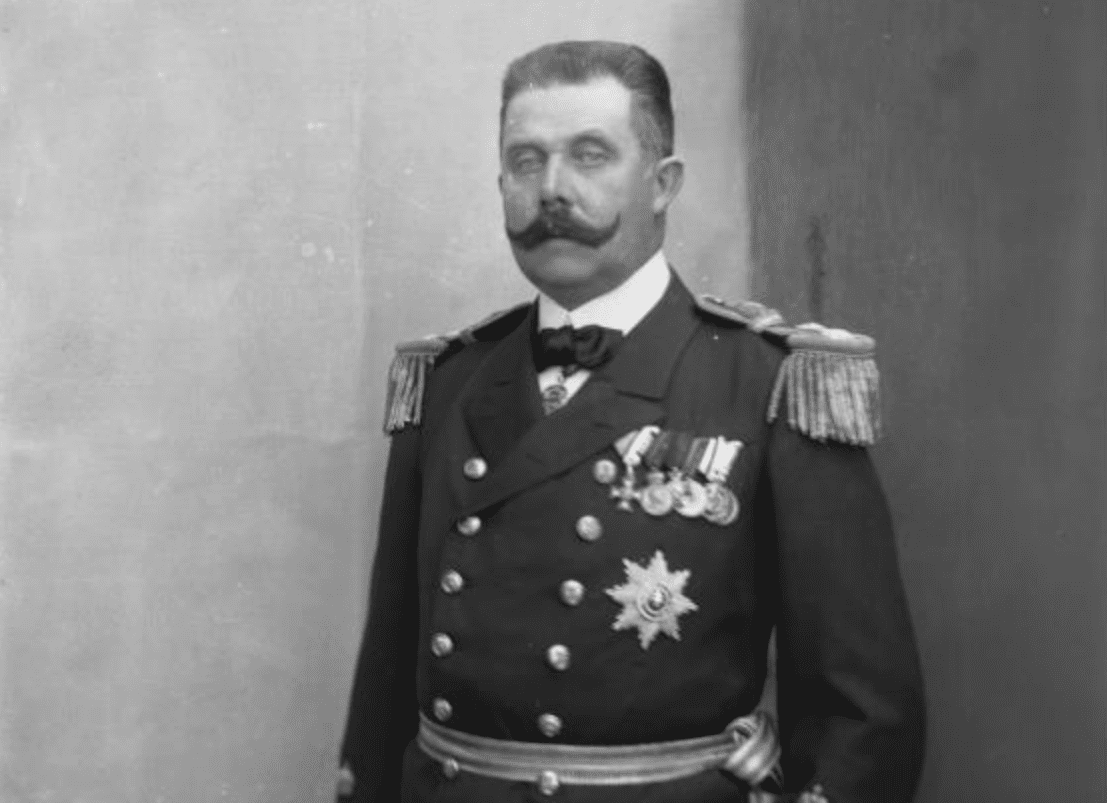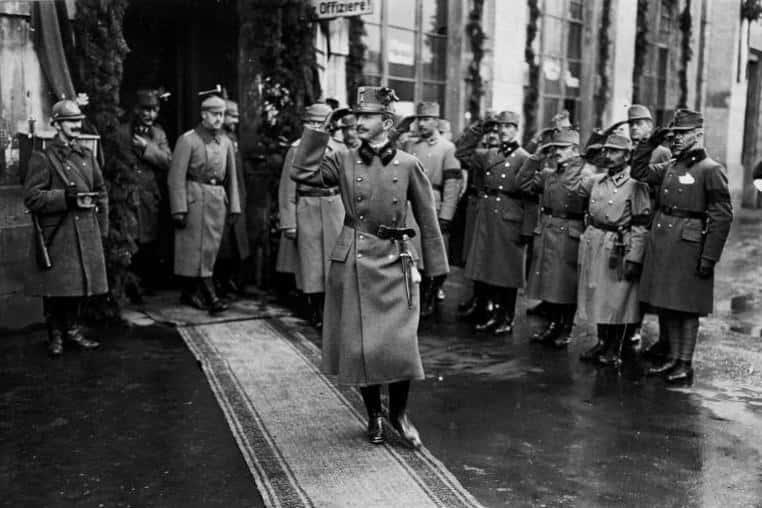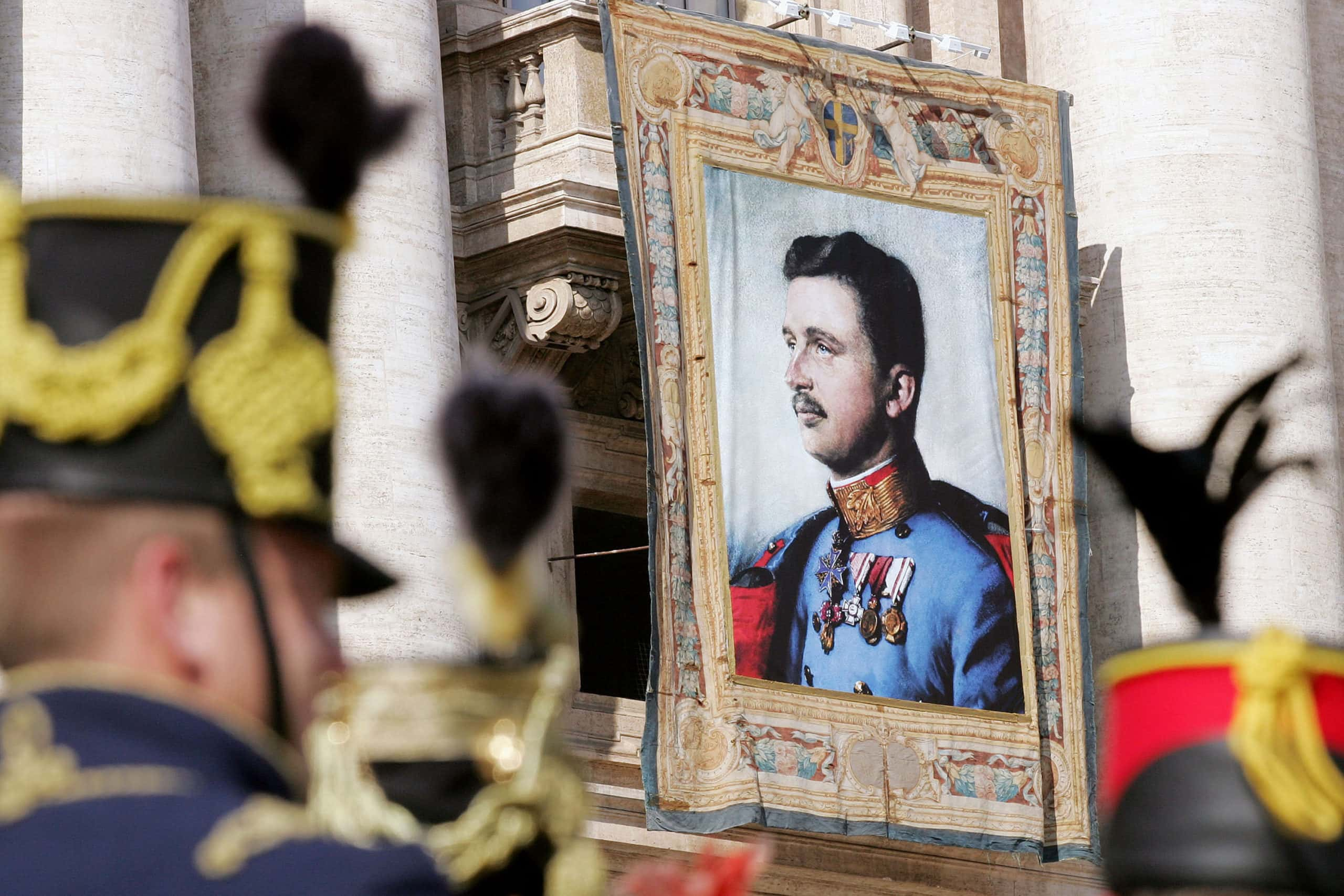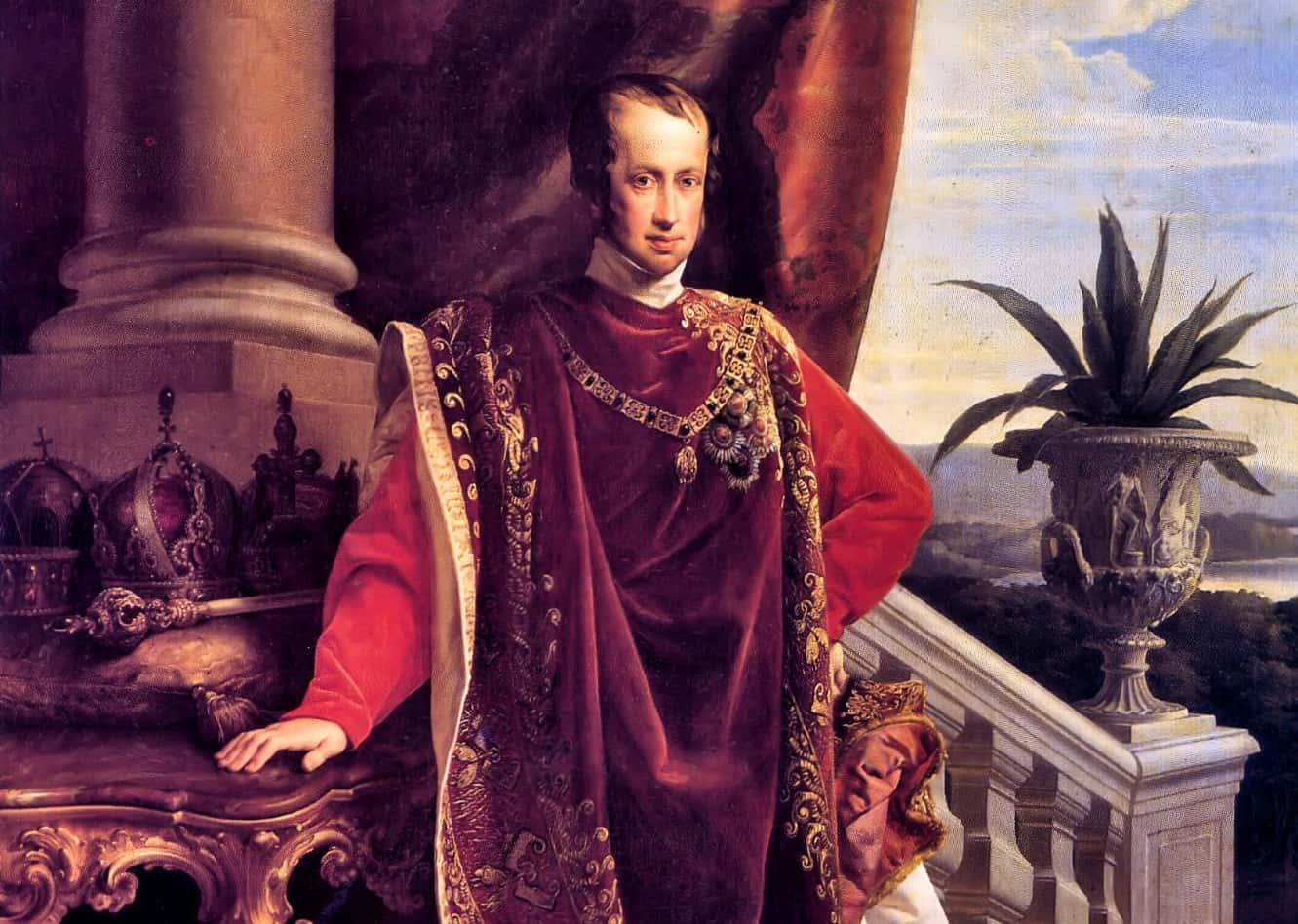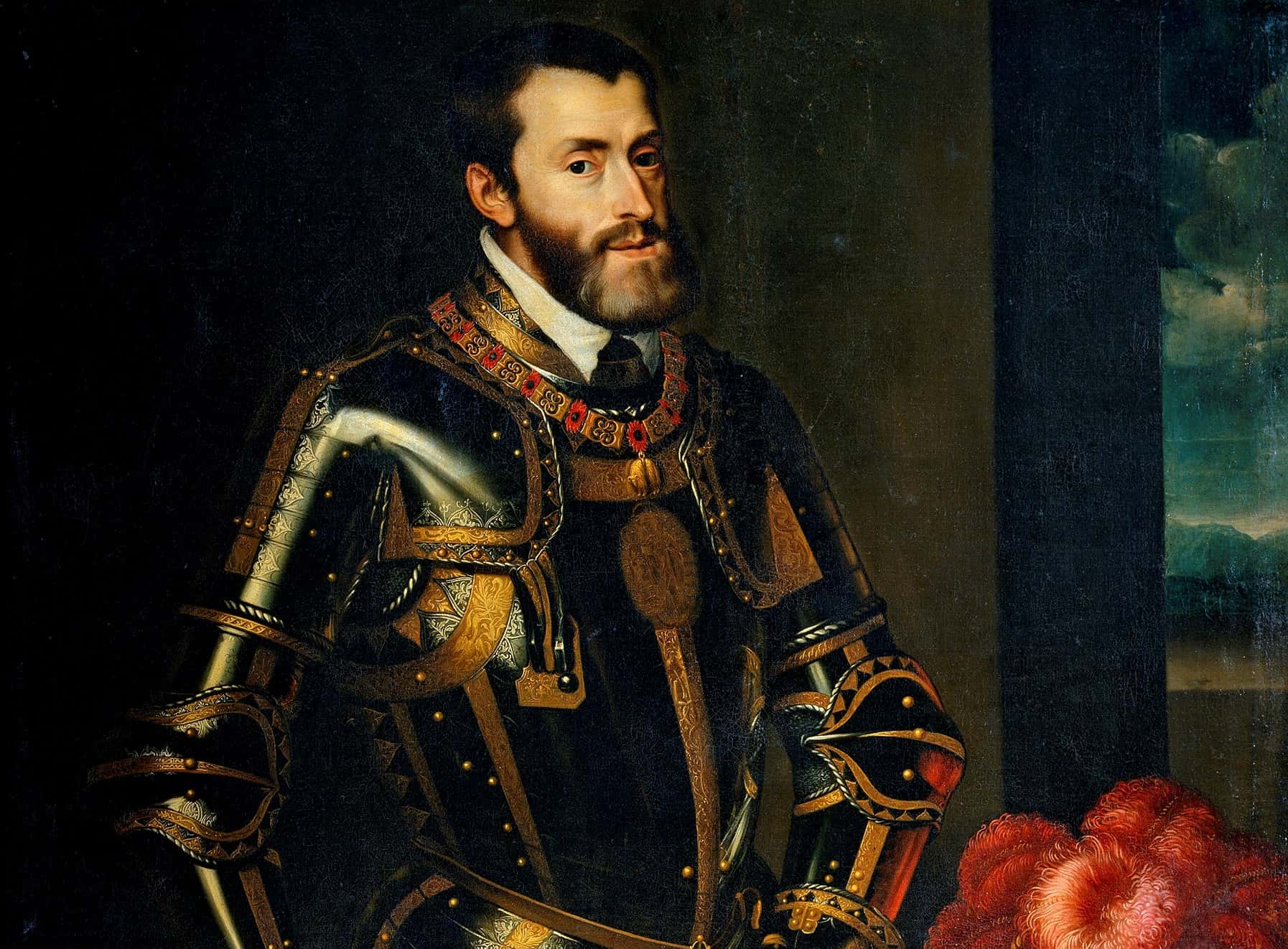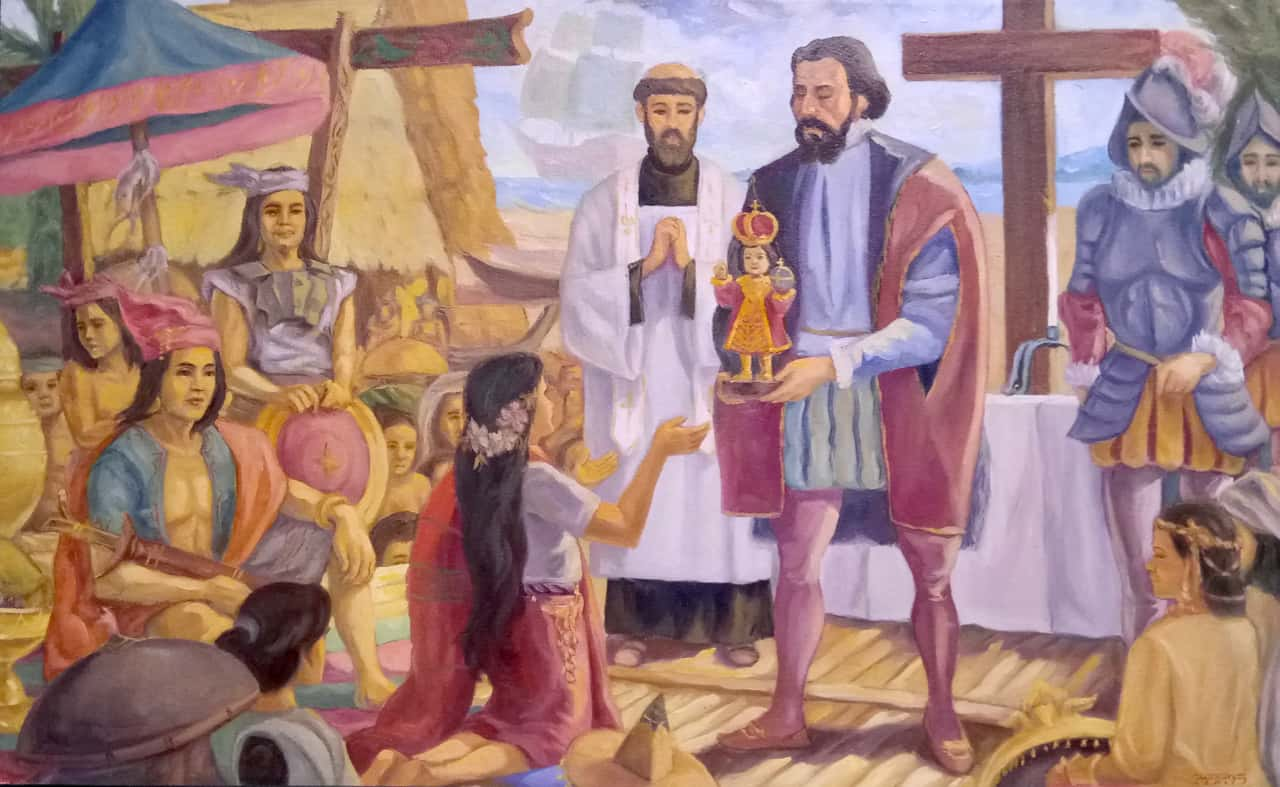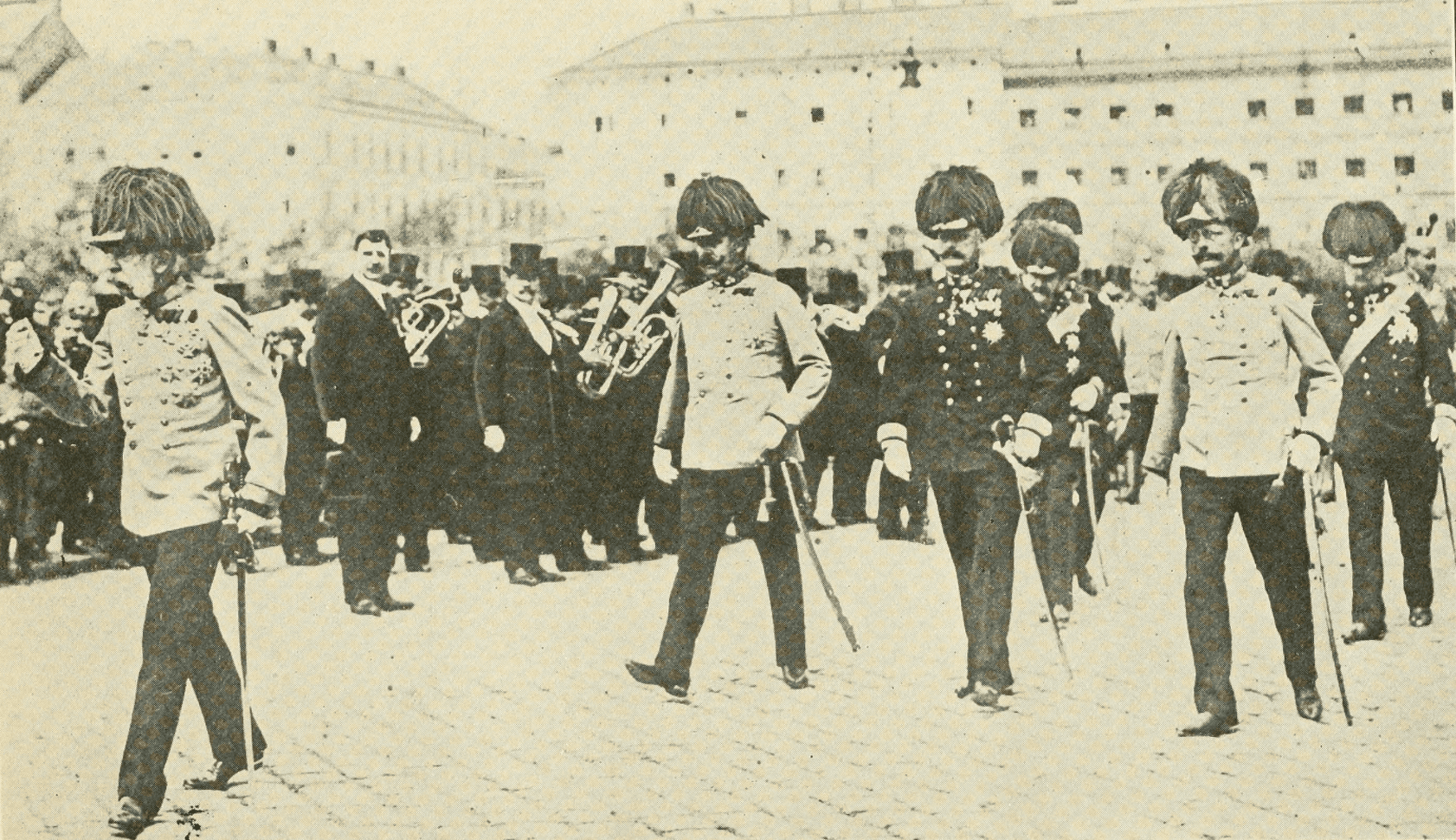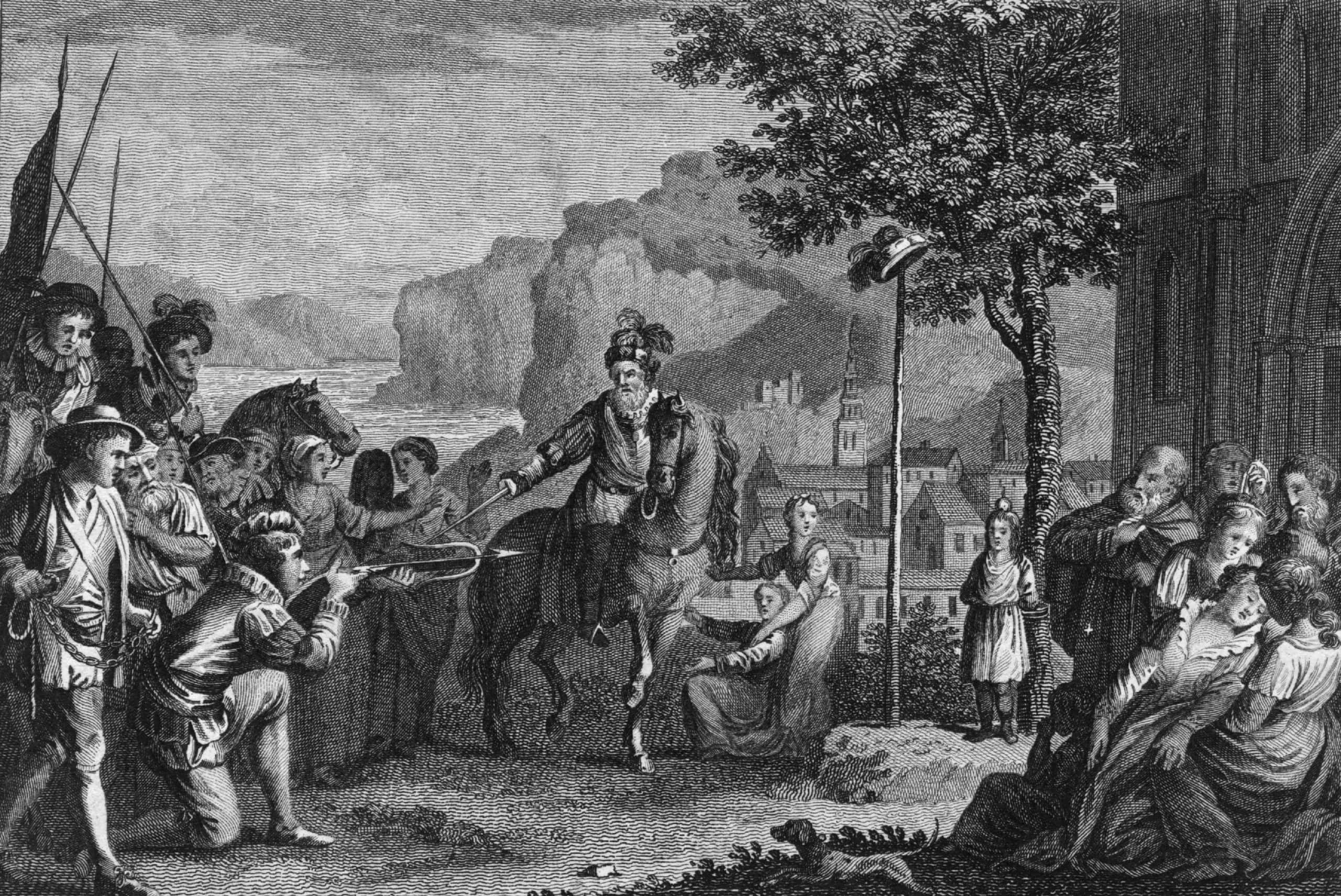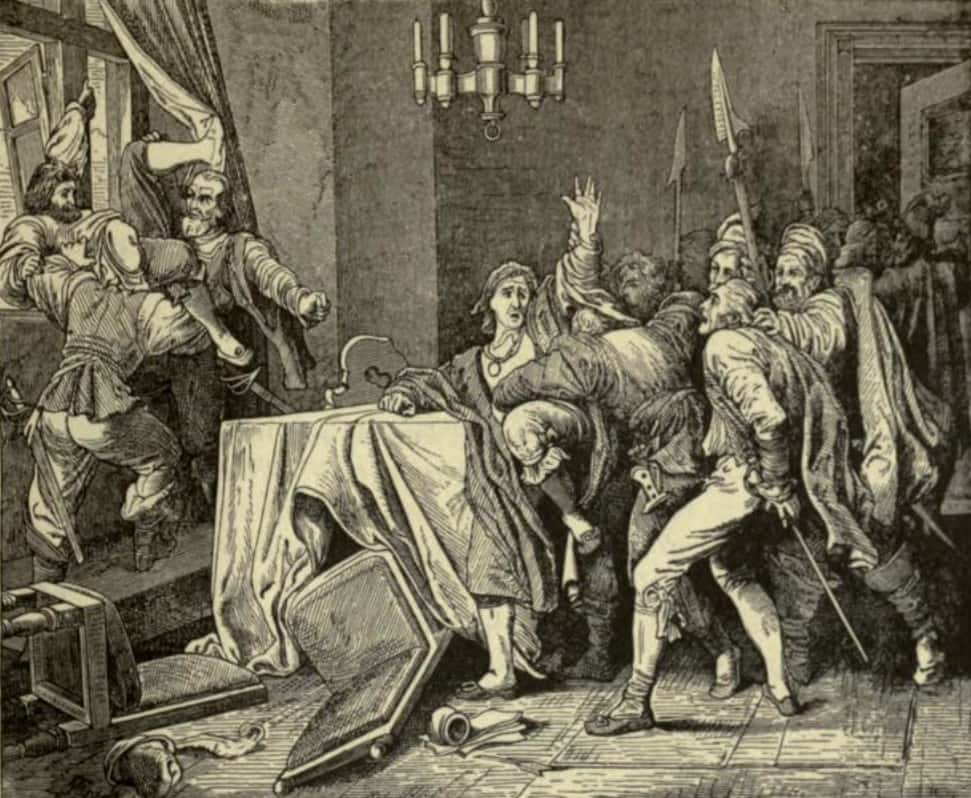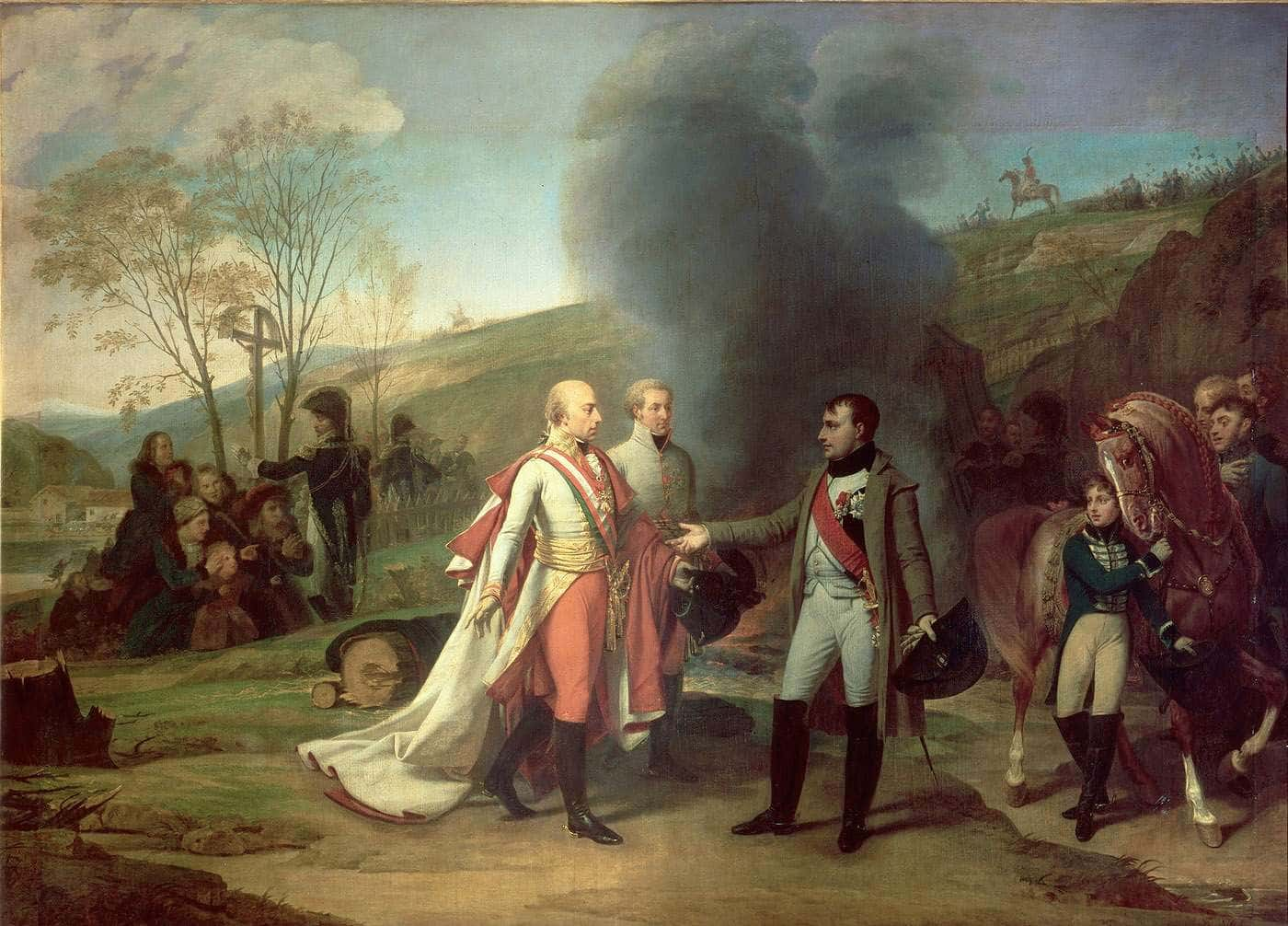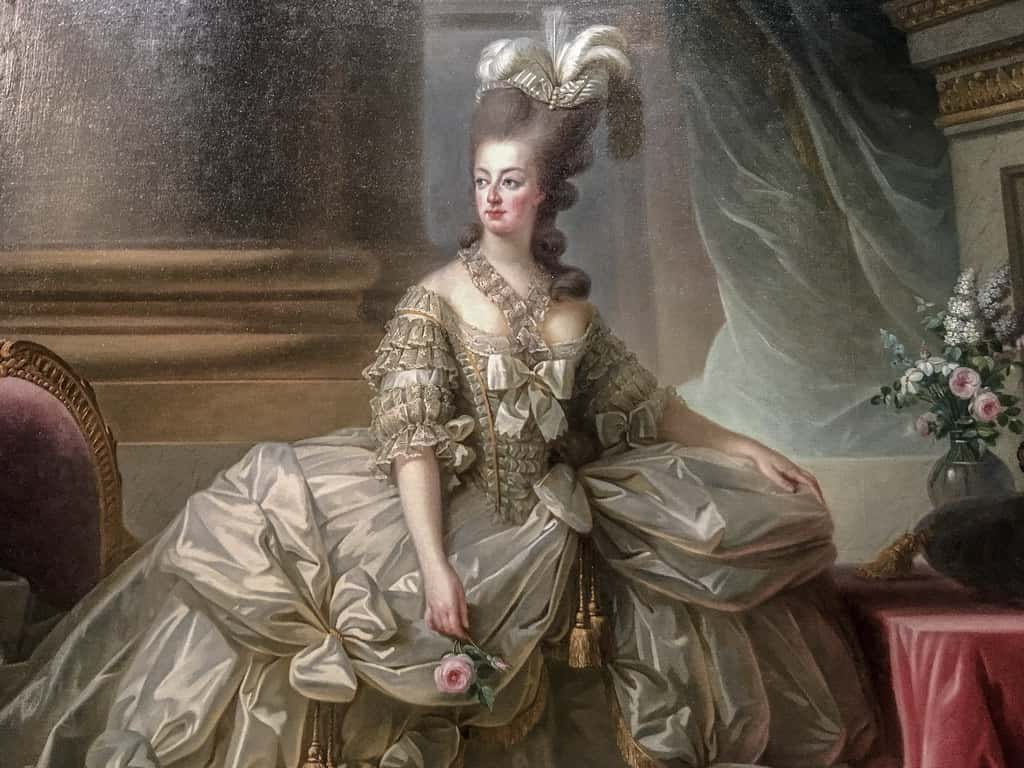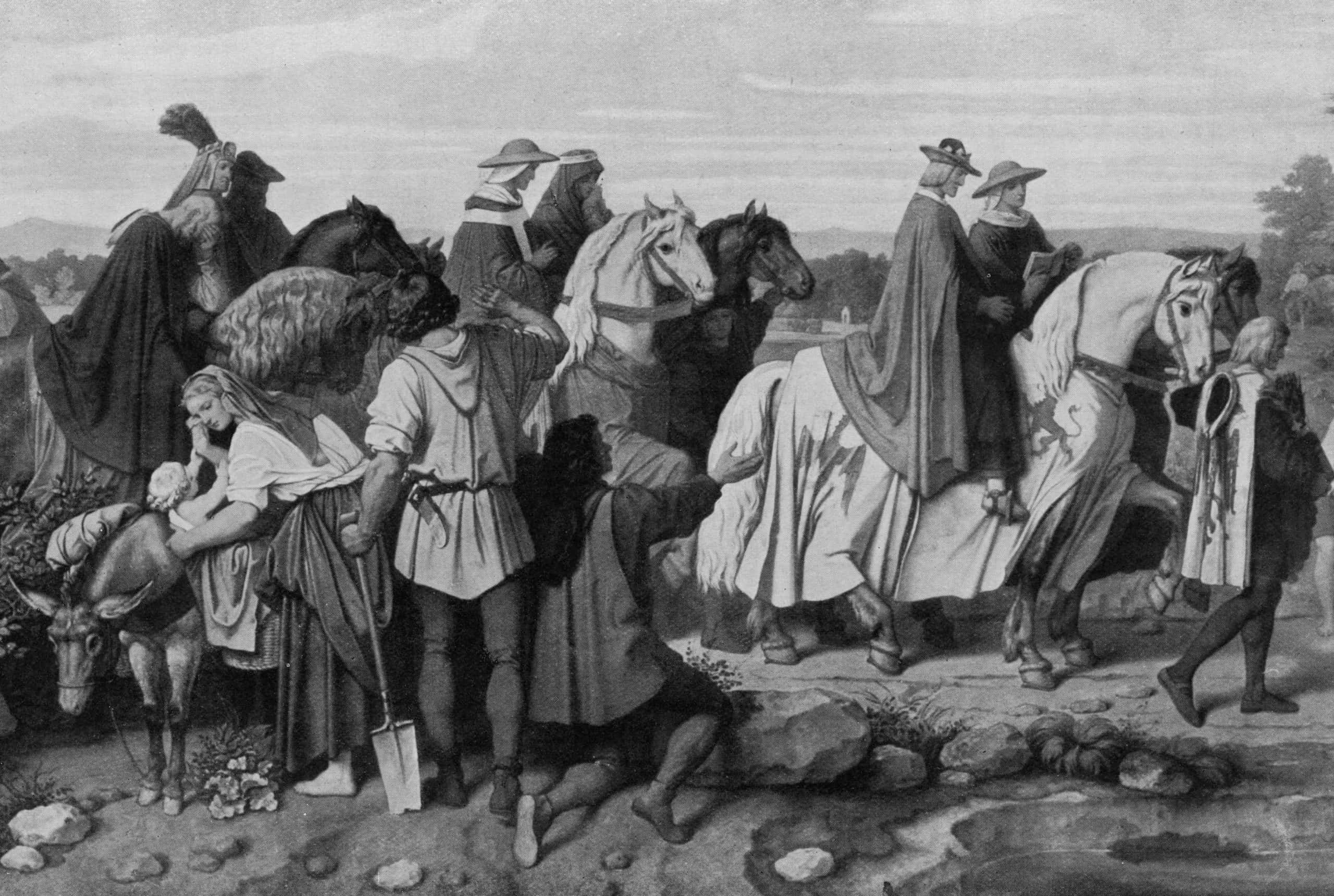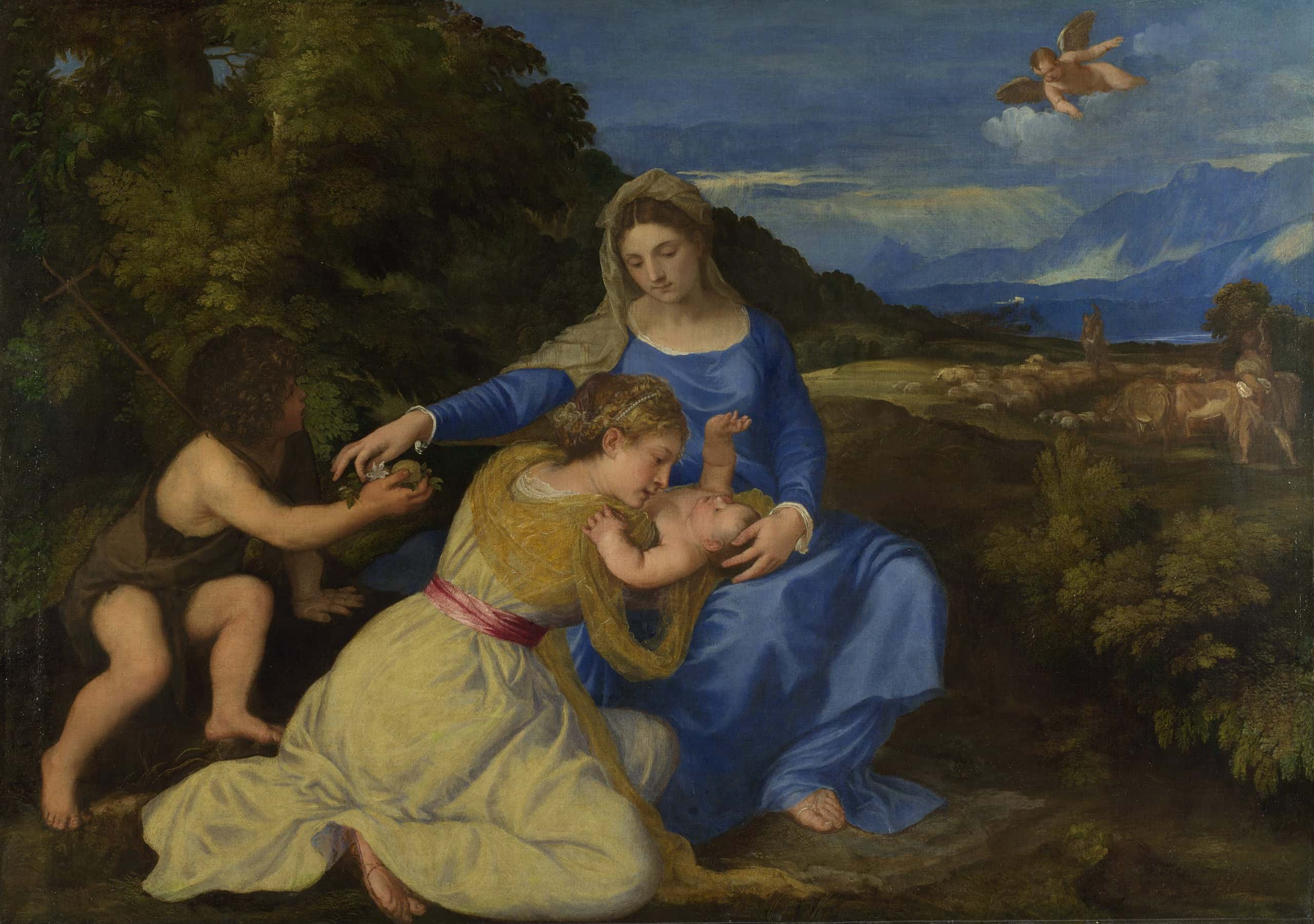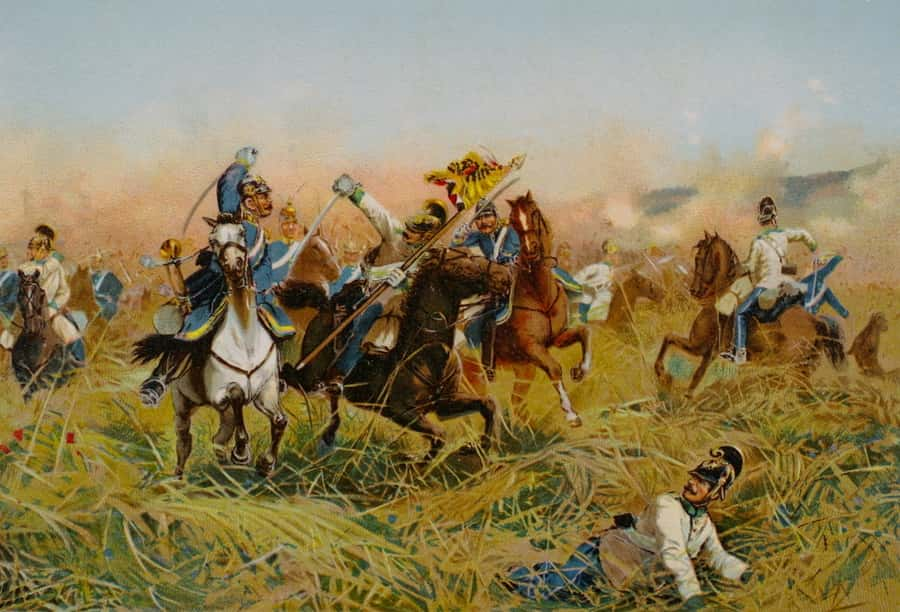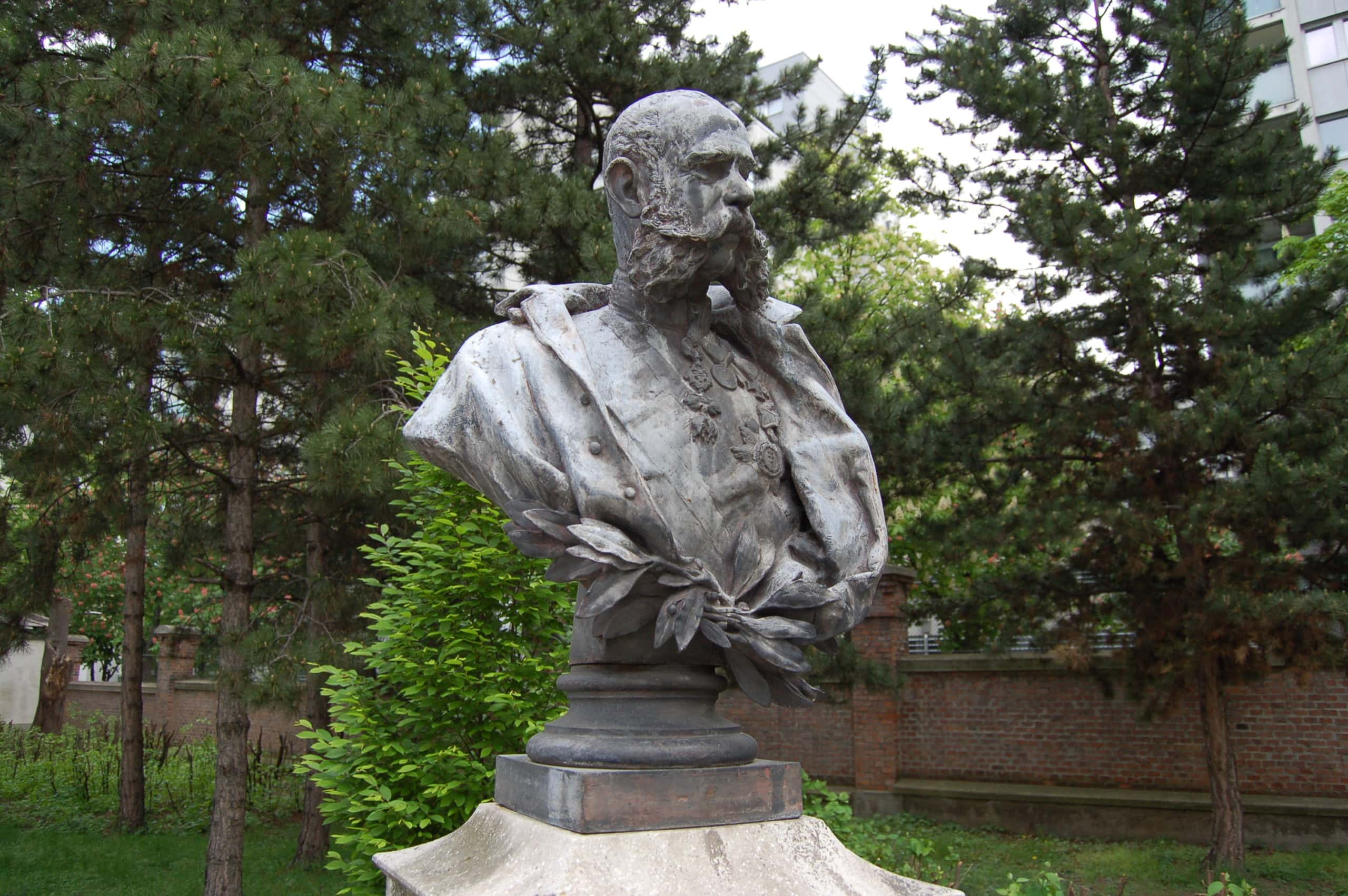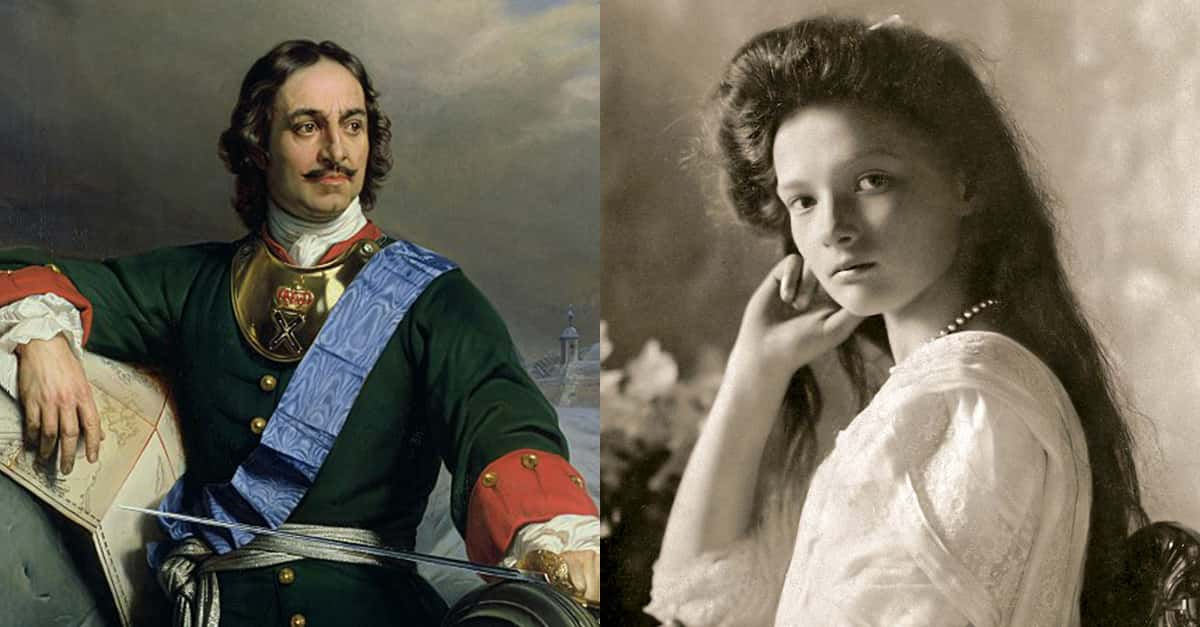The Habsburg Empire
The Habsburgs were one of history's greatest empires. And while they have somehow flown under the radar, the Habsburgs not only helped shape Europe, they also had a lasting cultural influence over the continent. With countless secrets and scandals, this powerful dynasty has an intriguing story to tell. In 1889, the Crown Prince of Austria and his lover were found dead. While the crime scene may have indicated something heinous—unearthed personal letters gave a much more disturbing explanation.
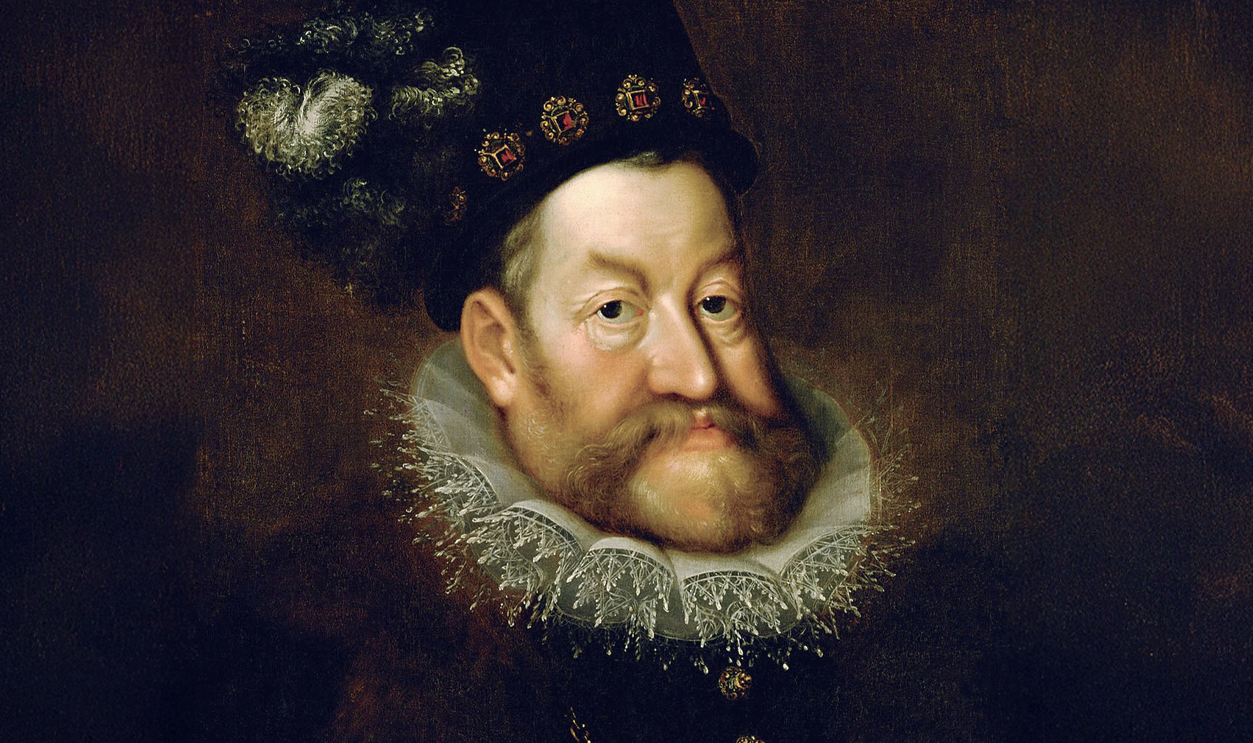
39. Castle Beginnings
The beginning of the Habsburgs come with the building of the Habsburg Castle in Switzerland. Built on the Aar, the largest tributary of the High Rhine river, Otto II was the first to take on the name of the castle when he created the House of Habsburg, and eventually Rudolf I moved the house to Austria in 1276 when he established the Habsburg dynasty.
38. Brotherly Rule
During the early years of Habsburg rule, there was a period of time where brothers would often co-rule together.
37. Open Seat
The Great Interregnum was the period of crisis when the Holy Roman Empire and the German Kingdom did not have a king. This gap lasted for some time—until the Habsburgs rose to power.
36. Good Timing
The rise of the Habsburg empire occurred alongside the Renaissance, and as the humanistic ideas spread to northern Europe, the Habsburg rulers embraced them. Emperor Frederick III, who was responsible for consolidating rule in Germany and expanding the empire eastward, named the Italian scholar Enea Silvio Piccolomini as not only his secretary but also the official poet laureate of the empire.
35. Imperial Poetry
Through the Habsburg Empire, Austria found a way to come to power through the art of marriages, giving rise to the Latin lyric “Bella gerant alii, tu felix Austria nube” meaning “Let others make war; you, fortunate Austria, marry.”
34. Married With Empire
The Habsburgs came to dominate Europe as a powerful empire in the 16th century, largely due to the efforts of Maximillian, who was a highly skilled matchmaker, and who was able to peacefully raise his family to the throne of Spain, Hungary, and the Holy Roman Empire.
33. Family Divided
In the 16th century, the Habsburgs would become to largest Western European Empire since Rome, but there was always a political division between the Spanish and Austrian branches, a division that would come to be a physical reality by the middle of the 16th century: The capital of the Holy Roman Empire became Vienna, technically separating the Spanish sect of the Habsburgs from the Austrian sect.
32.Too Many Cousins
The Spanish Habsburgs consistently sought wives from the Austrians, and over time this fractured their empire in the War of the Spanish Succession because there were too many claimants to the throne.

History's most fascinating stories and darkest secrets, delivered to your inbox daily.
31. Haters Gonna Hate
After their loss in World War I, the successor state of German Austria exiled all remaining Habsburgs in what is known as the Habsburg Law. The law would be repealed in 1935, only to be reintroduced in 1938 by the Nazis. Interestingly enough, the law still remains in place, though it is considered obsolete.
30. Bourbon Neat
After the Bourbons came to power in Spain following the war of succession, the Habsburgs were reduced to their lands in Austria, Bohemia, and Hungary, effectively making them simply the Austrian Empire.
29. Manly Man
Nothing is manlier than killing animals, right? Well, that’s what the Habsburg royalty believed during the 17th century at least. One king in particular got really good at it: Leopold I. He often had a fox wrapped in a blanket and then had a group of dwarfs beat it to death with sticks. Lovely guy, Leopold.
28. Rudolf the Red Nosed King
The last Habsburg king to hold court in Prague was Rudolf II. Rudolf II liked to release cheetahs onto the streets of Prague, and was an obsessed occultist who engaged in a deep search for the philosopher’s stone in order to gain immortality.
27. What the Future Holds
Rudolf didn’t just practice occultism, he also sought out the most prominent mystics in this region of the world. Everybody’s favorite fortune teller, Nostradamus, even wrote personal horoscopes for him.
26. Shotgun Karma
Franz Ferdinand is famous today for how he died: his assassination kicked off World War I. Back in his day, however, he was famous for killing animals. During his lifetime, he is estimated to have shot and killed around 300,000 animals, and his estate was enshrined with over 100,000 deer “trophies.” His personal best is said to have been 2,140 animals killed in one day.
25. Desperation Stinks
The Habsburgs were so weak during World War I that their emperor Karl I attempted to make a deal with France where he would give the country practically anything they wanted in order to not have his Austro-Hungarian Empire split up after the war. Instead of playing ball with the emperor, French prime minister Georges Clemenceau didn’t even answer. Instead, he published the offer publicly, in effect putting out the last flames of Karl’s empire.
24. End of Empire
Karl only lasted two years as emperor to the Habsburg Empire, as it disintegrated after World War I, but that didn’t stop him from pursuing his dreams. The last reigning monarch of the Austro-Hungarian Empire spent the rest of his life, which only lasted until 1922, attempting to restore the monarchy. Well, what else did he have going for him? At least he tried.
 Wikimedia Commons
Wikimedia Commons
23. Life After Death
Famous for putting his Catholic faith first, Karl was beatified by Pope John Paul II in 2004, and in recent years he has been considered as a candidate for sainthood. Because nothing says saint like using chemical weapons during world wars.
22. Marriage Plans Backfire
In 1835, Ferdinand I came to power even though he was extremely mentally impaired. Though he was able to rule for over a decade, he eventually fell to a coup in the year 1848.
21. Charles V as the First
By being the first king to rule over the regions of Castile, León, and Aragon all at once, Charles V was the first King of Spain. Let’s just say some people still aren’t happy about this—I’m looking at you Catalunya.
20. Making of an Empire
Charles V sought control over Central and South America, and colonized much of the continent, making him responsible for putting together the massive empire during the 16th century, as his reign stretched from Eastern Europe to the Americas.
19. Colonization of the World
Charles V was the king who decided to sponsor Ferdinand Magellan’s trip around the world, and gave the navigator five ships on his voyage to become the first to circumnavigate the Earth. This wasn’t just for navigational purposes, of course, as the journey set the foundation for European colonization of the South Pacific ocean and Spanish control in the Philippines.
18. Religious Unity
Spain’s financial woes aren’t something belonging solely to modern times. They can be traced back centuries, and the Inquisition had a large effect on the country's coffers. The inquisition was a method of policing beliefs and behaviors, and the Spanish drove huge numbers of Jews and Muslims from their land. And by saying drove, I didn’t mean like a friendly car ride.
17. Bad Blood
While Archduke Franz Ferdinand was the heir to the Habsburg throne, his relationship with reigning Emperor Franz Joseph grew tense over the years, and after Ferdinand married a woman without any royal blood, the emperor set the conditions that any children they may have had could not be heirs to the throne. Franz Joseph didn't even show up the funeral of Ferdinand or Ferdinand's wife after their assassination by Gavrilo Princip.
Franz Joseph and Franz Ferdinand – a tense relationship
16. Spanish Art
The Habsburg years of empire in Spain led to the Spanish Golden Age, which saw culture flourish and saw work from many of the founders of modern art, from Miguel de Cervantes to El Greco.
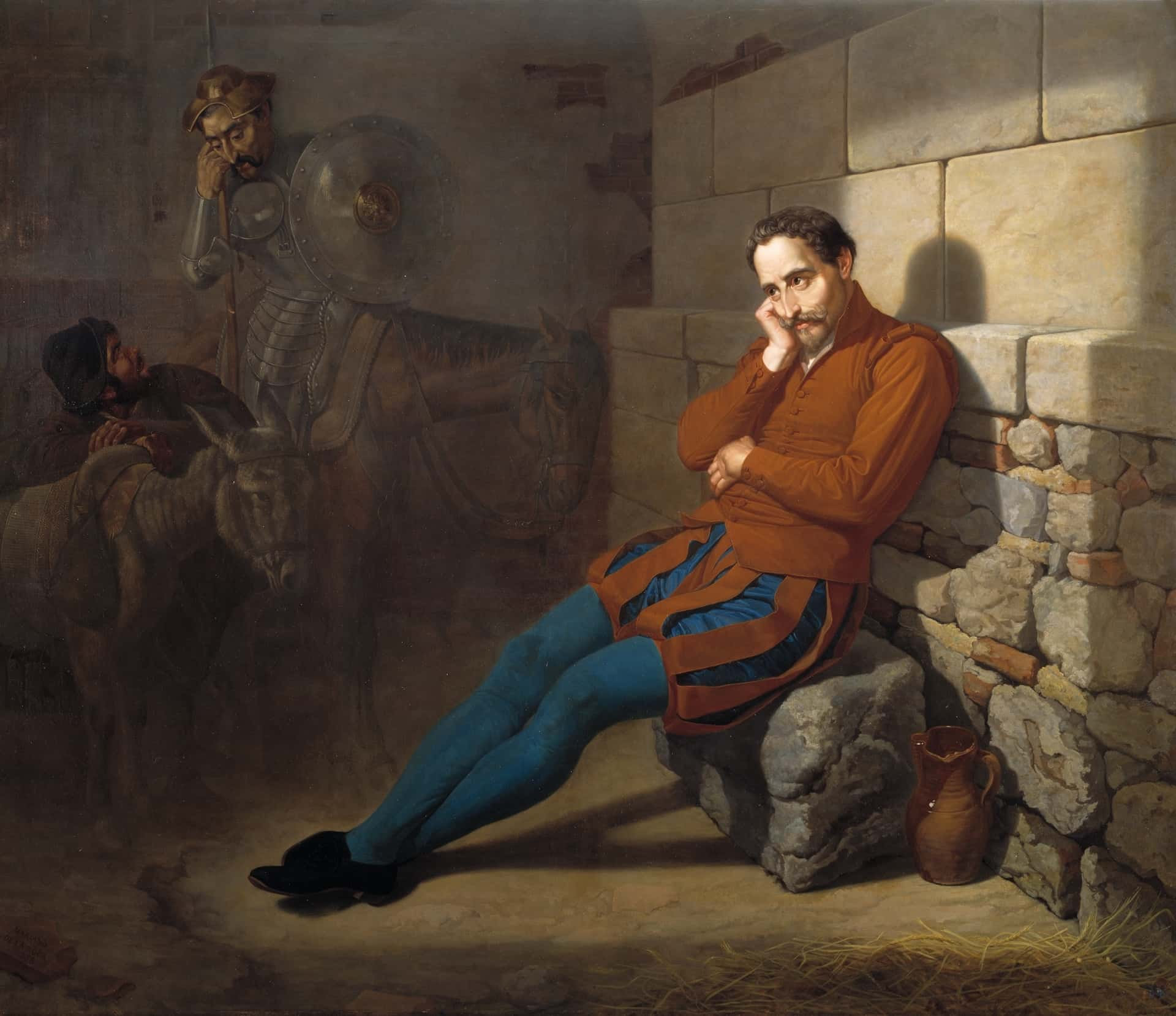 Wikipedia
Wikipedia
15. Apple Shot
The legendary William Tell rose to prominence as a figure who represented the struggle between farmers and their feudal overlords. His overlords? The Habsburgs.
14. Meet the Fuggers
After the Medicis fell, the Fuggers—yes, that’s their real name—took over control as Europe's major banking family. They took over many of the Medici’s assets, held a monopoly over Europe’s copper, and were closely associated with the Habsburgs as their main financial backing.
13. Free Falling
If you had a good history teacher in high school, one of the best moments was learning about the Defenestration of Prague, when a group of Protestants threw Catholic regents out of a window in an act of Bohemian resistance towards Habsburg authorities. However, the victims of the tossing would survive, and being true Catholics, turned the story around to say they were saved by angels.
12. Emperor Wears New Robes
In an effort to prevent Napoleon Bonaparte from capturing his throne, Francis II abdicated, and brought an end to the Holy Roman Empire, which had lasted for over 1,000 years. That didn’t stop Napoleon from claiming himself the Emperor of the French, but Francis had pulled an old switcheroo and created the title Emperor of Austria for himself at that point anyway.
Meeting between Napoleon I and Francis II of Austria, 1805
11. Not My Aunt
Francis II's aunt was Marie Antoinette. After her guillotine, Francis was understandably wary of France for the rest of his reign.
10. Self Harm
Due to consistent warfare during the 19th century, the Habsburgs stunted their economy and essentially held themselves back a couple of grades while their European neighbors began growing at unprecedented rates.
9. Keeping Mouths Full
The Habsburgs were able to stay afloat during the 19th century by building the largest river shipping company in the world, the Danube Steamboat Shipping Company, or, if you’d rather it in the efficient German usage of compound words, Donaudampfschiffahrtsgesellschaft.
8. Follow The Art
The story of modern European art can be seen through the Habsburgs' art sponsorships and in their portraits, as they often employed and gave a platform to artists who were pushing the imaginations of the art world forward: from Titian to Giuseppe Arcimboldo to Gustav Klimt.
Titian: The Aldobrandini Madonna, c 1530
7. Blitz!
Unfortunately for the Habsburgs, they suffered from the first blitzkrieg carried out by the Germans—then called the Prussians—during the Seven Weeks War of 1866.
6. Naivety
Not every Habsburg was the brightest bulb, and Ferdinand Maximilian is a prime example. In 1864, Napoleon manipulated Maximilian into believing that Mexico had elected him to be their new leader, and he embarked on a trip to Mexico to take the reins of a country that was on the verge of civil war. In reality, it was all a way for the French to push out Mexican President Juarez, and after Juarez fought back and drove the French out, Maximilian was executed.
Execution of Ferdinand Maximilian
5. Many Deaths
Franz Ferdinand and Maximilian weren’t the only early deaths that the Habsburgs saw during the second half of the 19th century. Franz Joseph himself narrowly escaped an assassination attempt, while his wife was assassinated by an Italian anarchist. That's not all: Franz Joseph's son made a murder-suicide pact with his lover, and two other family members committed suicide.
4. Cursed
Many of the tragedies that afflicted the Habsburg family in the late 19th century may be seen as simply the decline of an imperial family...or some blame it on the fact that the family was cursed by an enemy in 1848.
3. Trademarked Diversity
Because they controlled such a vast region of lands that represented a wide range of various ethnic groups, the Habsburg trademark became incorporating ethnic and religious minorities into their administration.
2. Deformed Dynasty
The Habsburg line was heavily inbred, resulting in many severe deformities. One famous deformity is known as the Habsburg Jaw, which can be seen in many portraits of the royal family and was characterized by a huge underbite. Charles V was so self conscious about his jaw that he refused to even eat in public. But, at least the men could grow beards…
1. Mayerling
In 1889, the Crown Prince of Austria and his lover were found dead as a result of an apparent murder-suicide, but his lover's personal letters, later discovered in a safe deposit box, revealed that she had been planning to commit suicide for the prince out of "love." The incident, which has since become known as the Mayerling incident (because of the name of the hunting lodge where the bodies were found), was actually a pact between the two lovers, and the prince shot her consensually before shooting himself. The incident caused destabilized the monarchy and contributed to the beginnings of what would become World War I.
 Wikimedia Commons
Wikimedia Commons
Sources: 1, 2, 3, 4, 5, 6, 7, 8, 9, 10, 11, 12, 13, 14, 15, 16, 17, 18, 19, 20, 21

